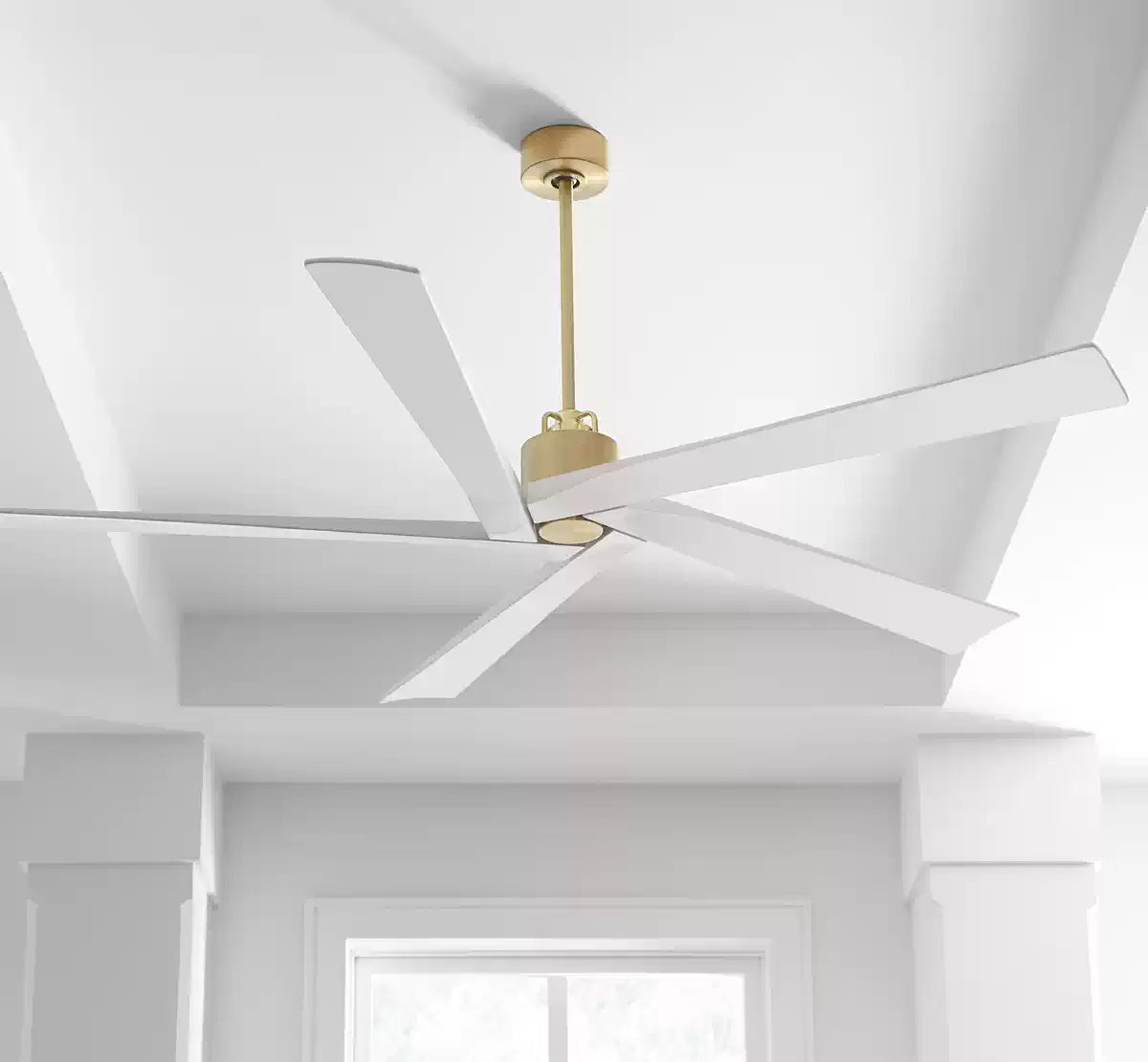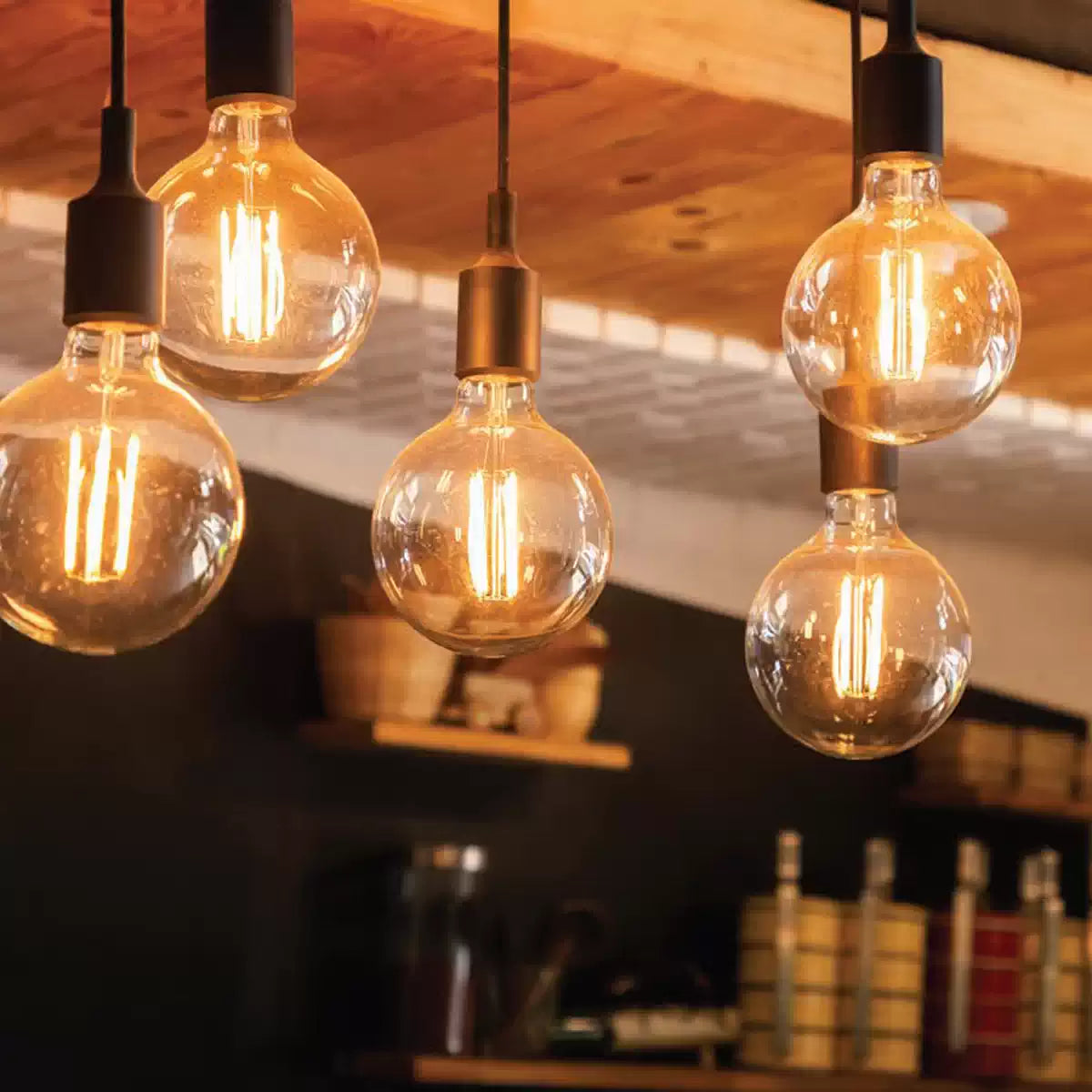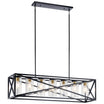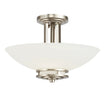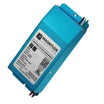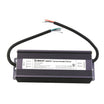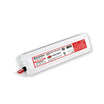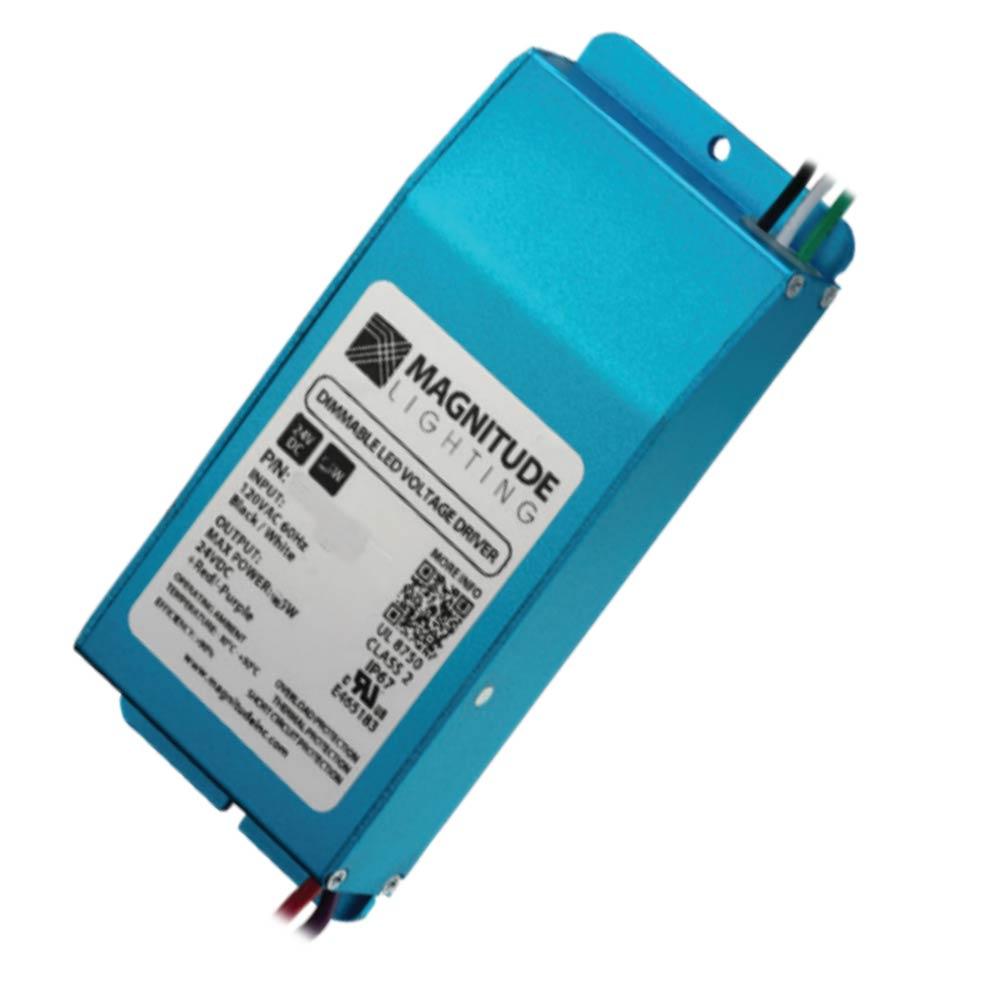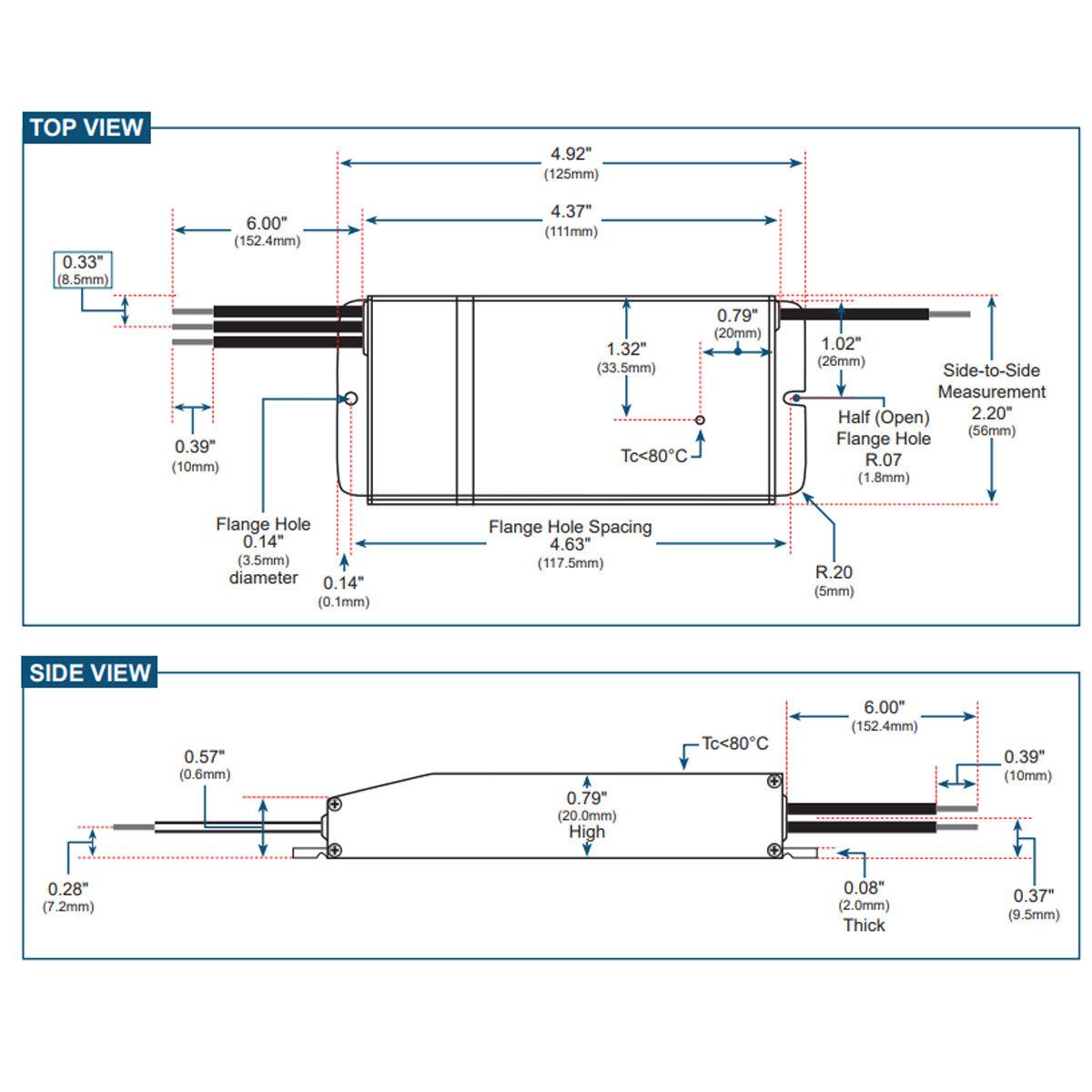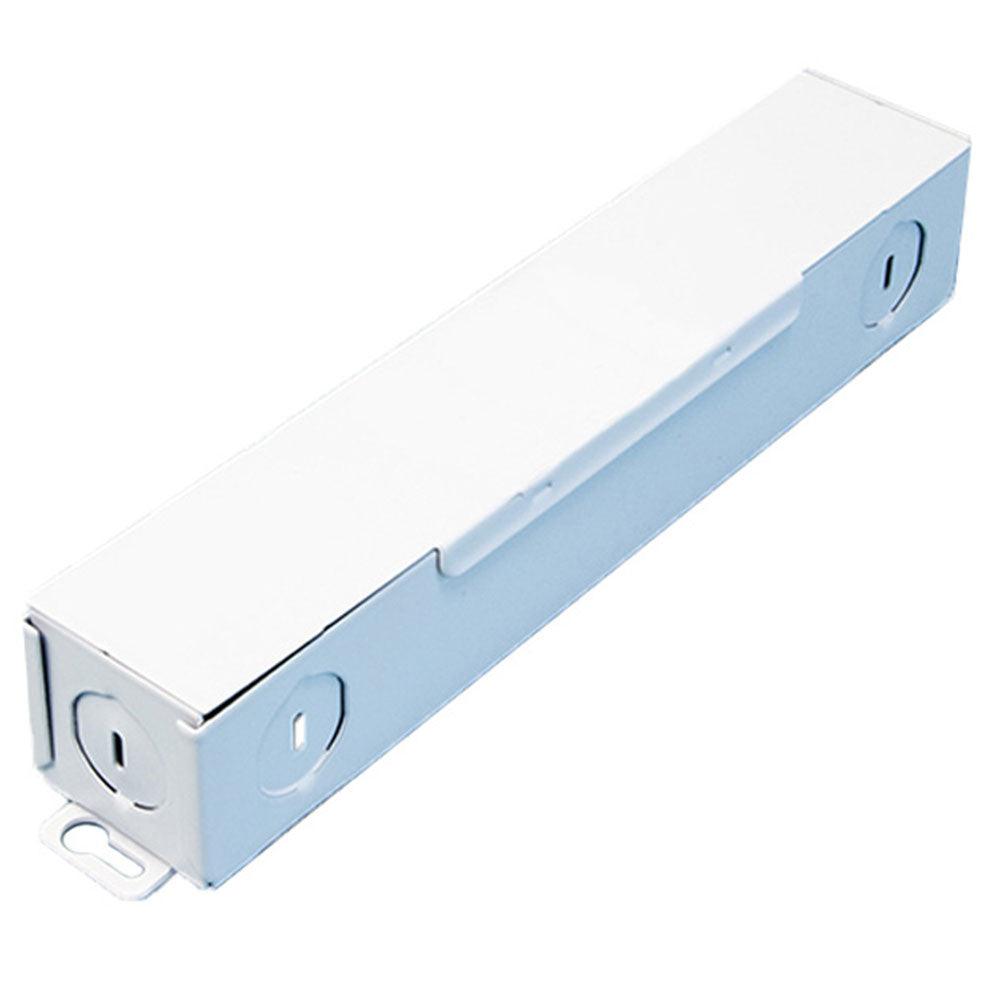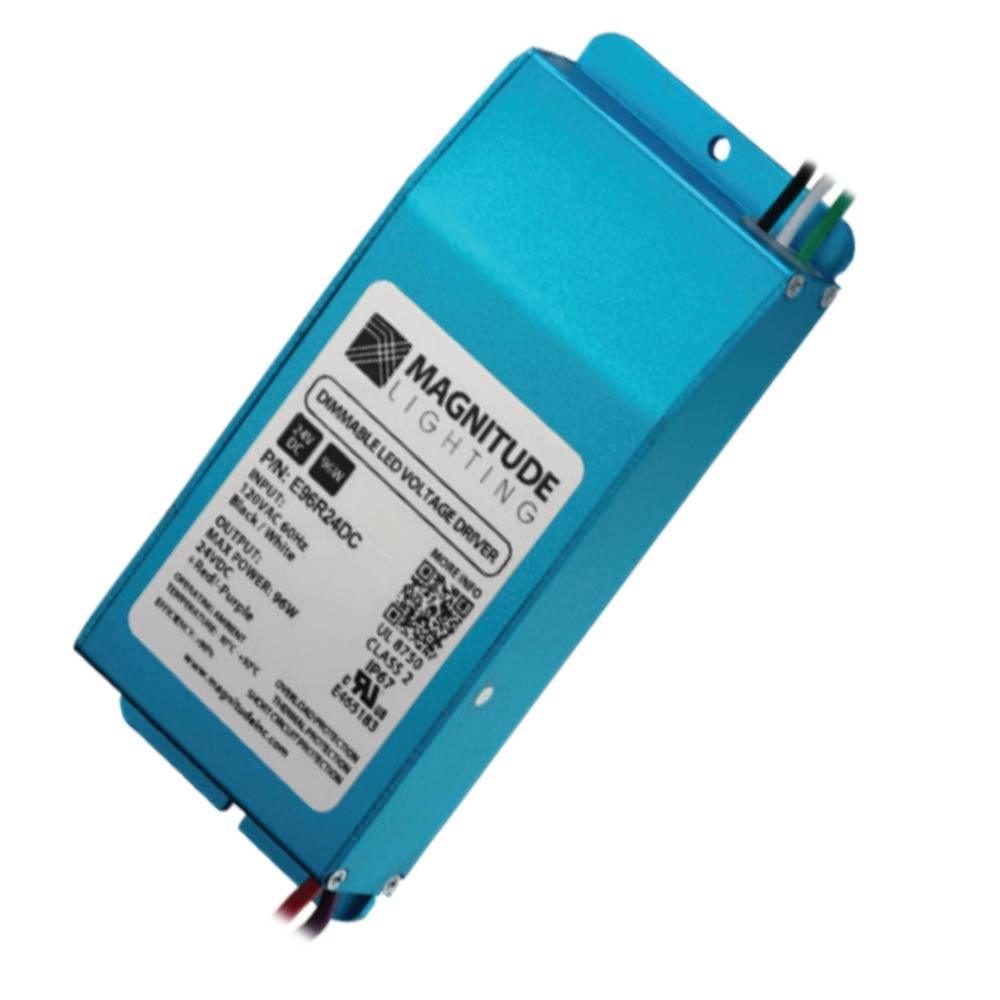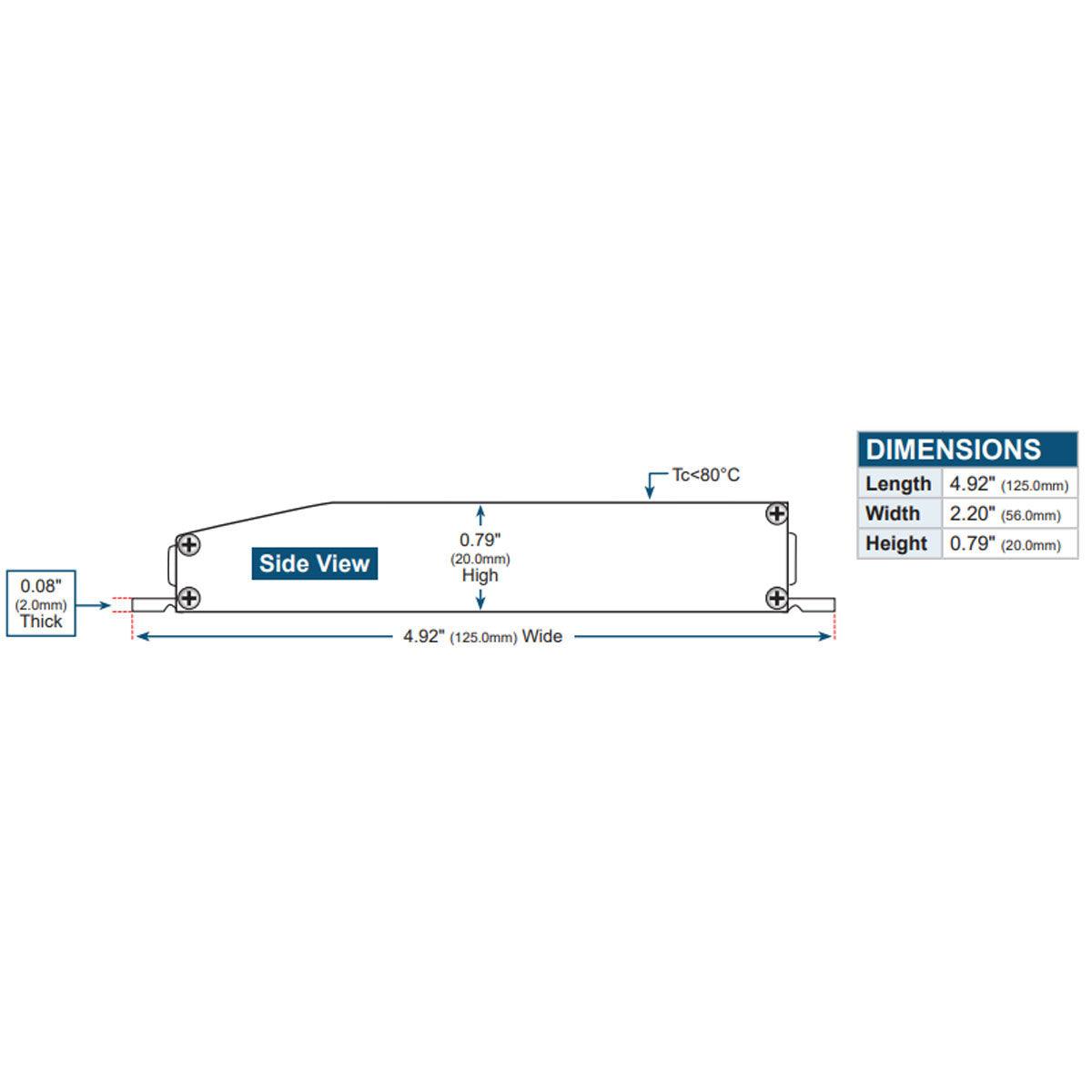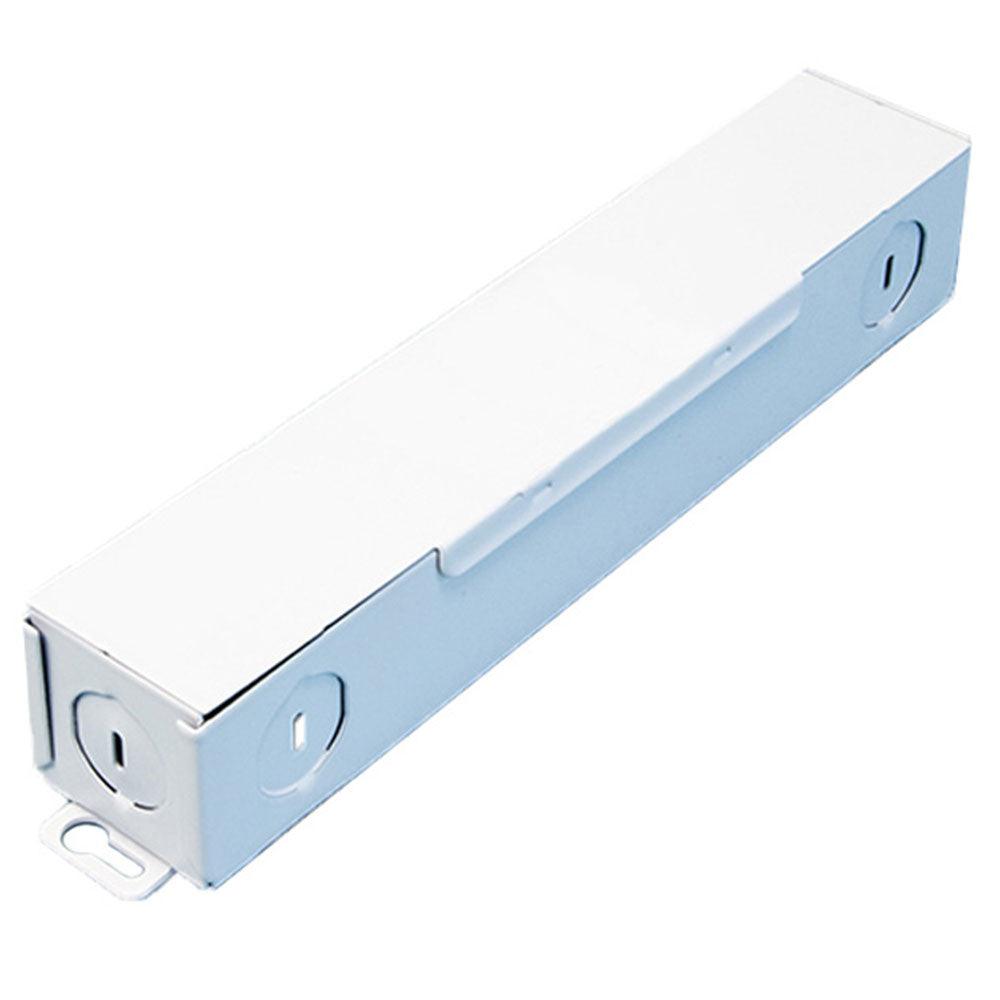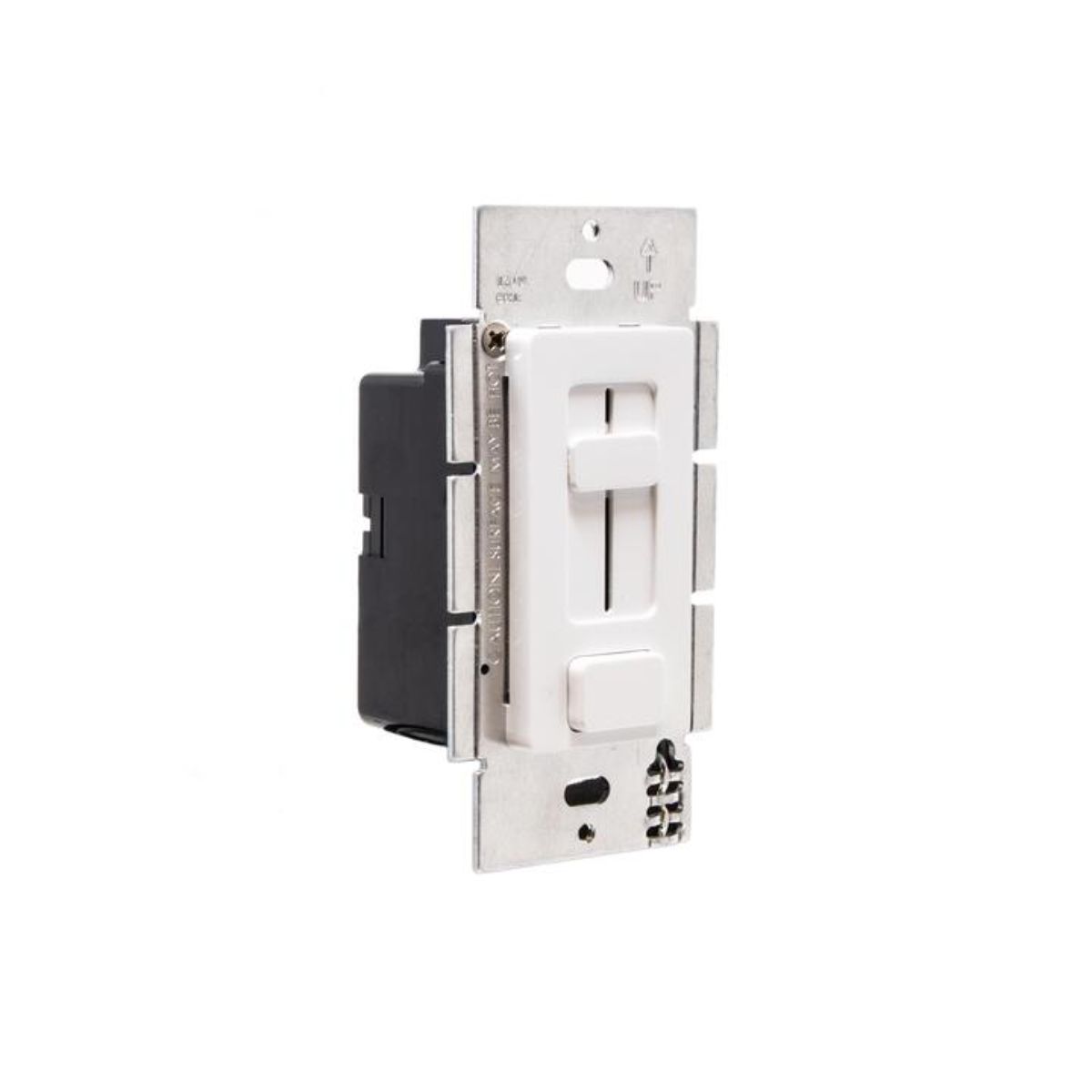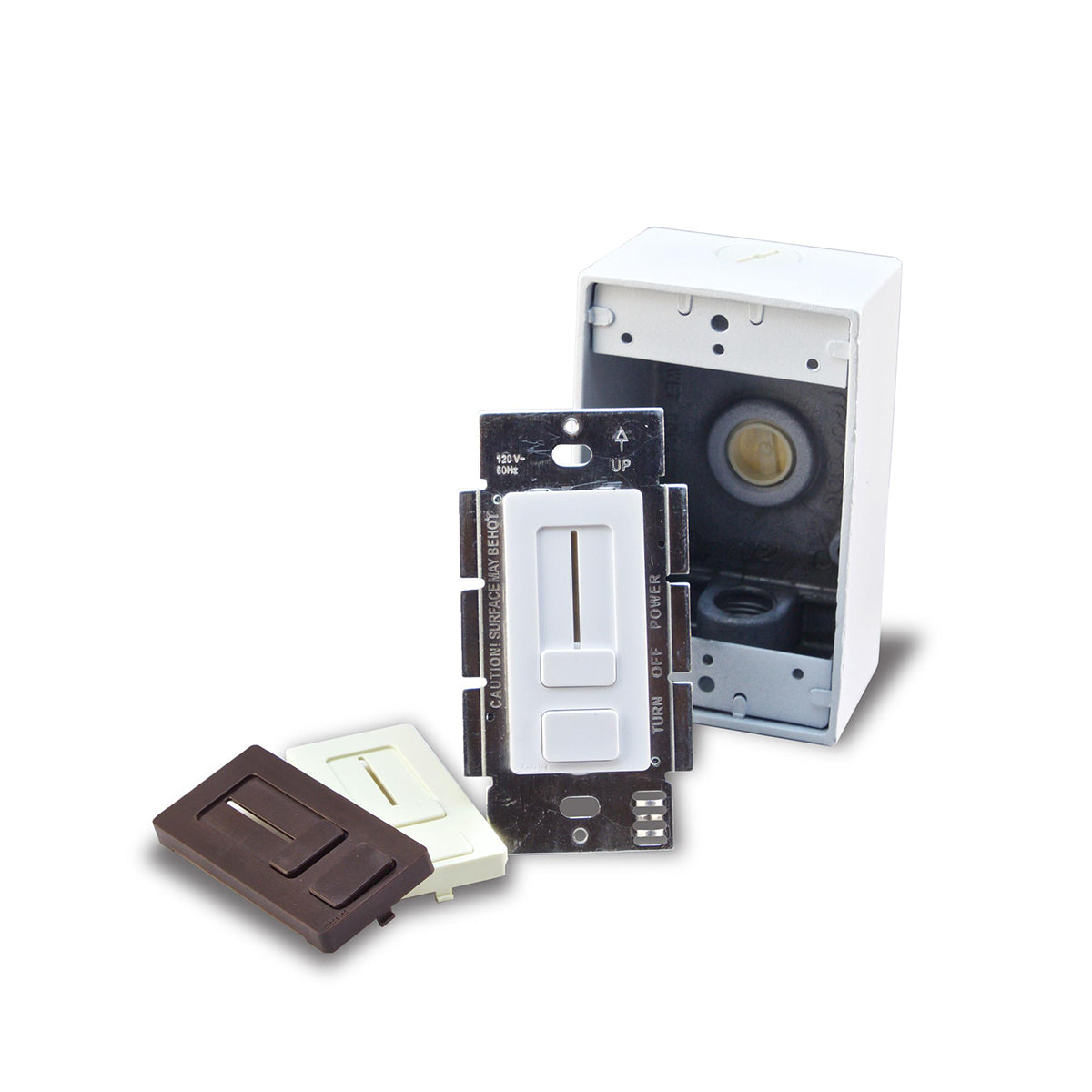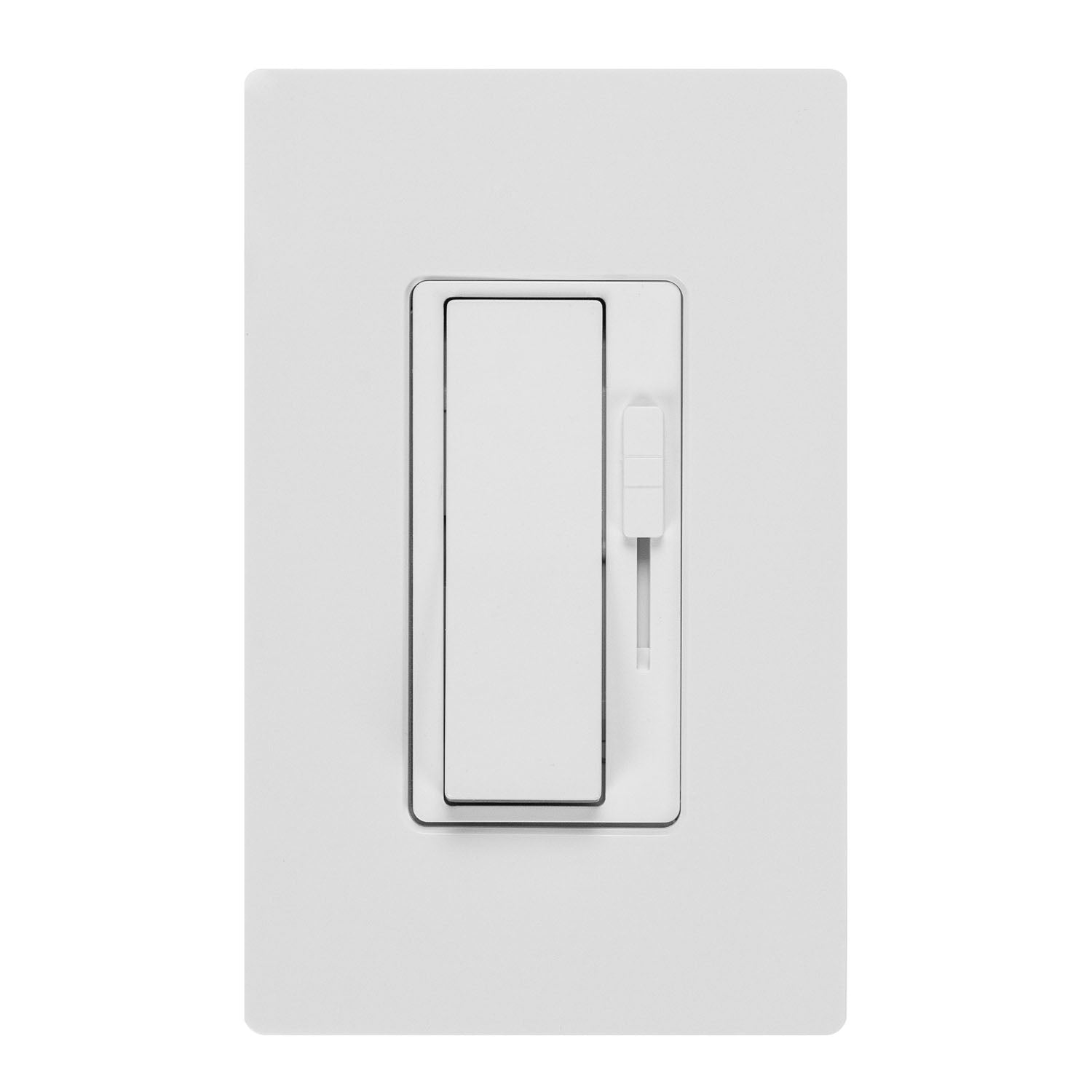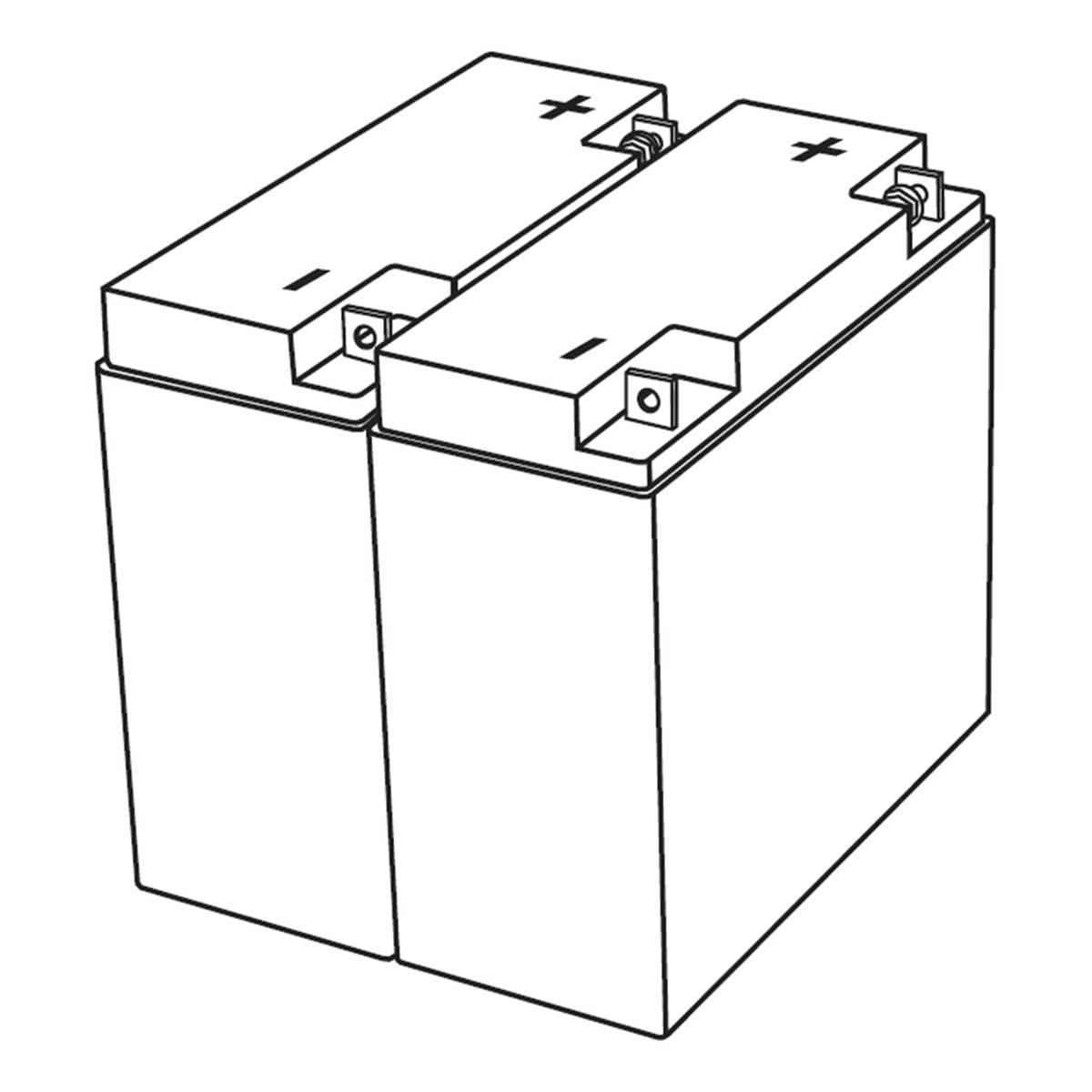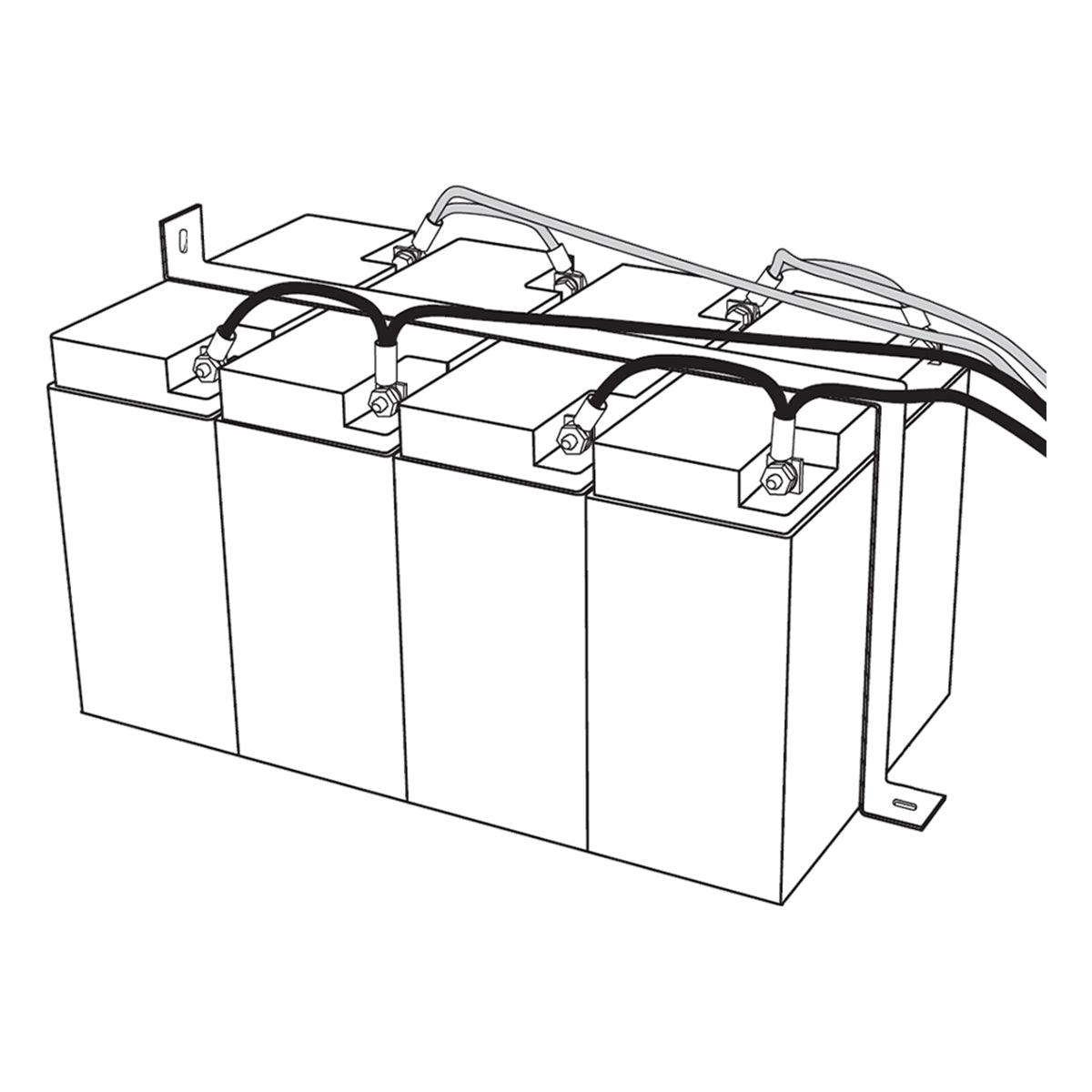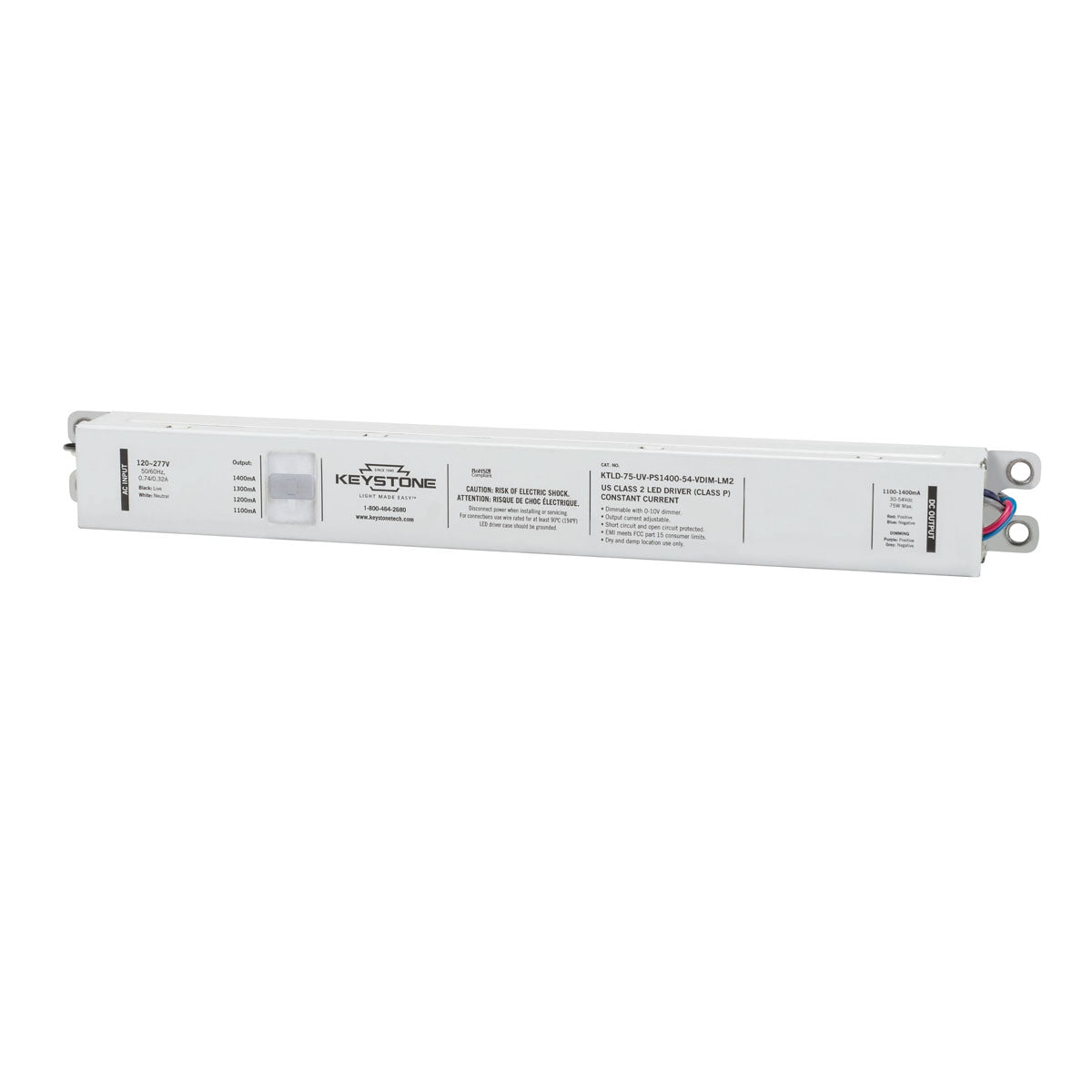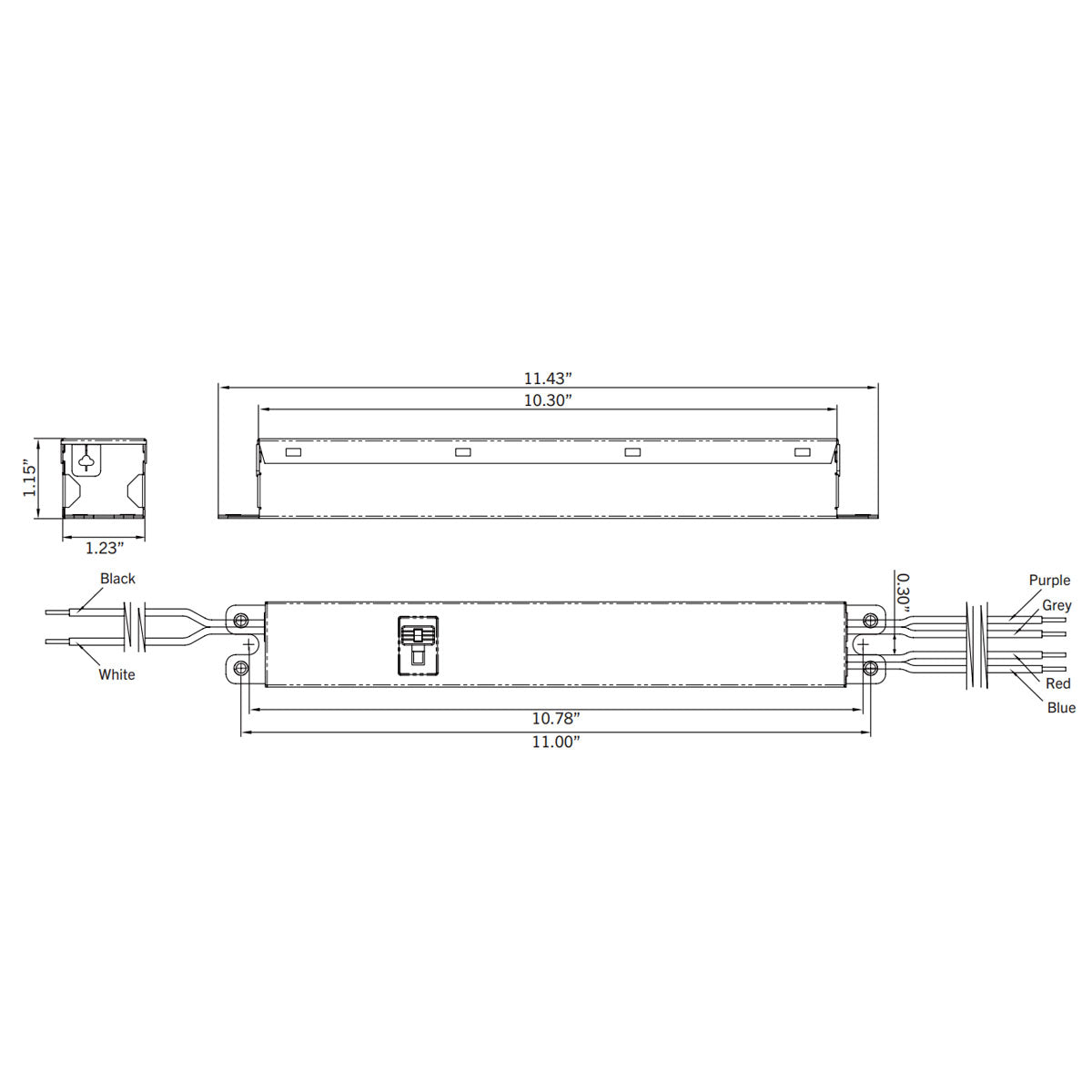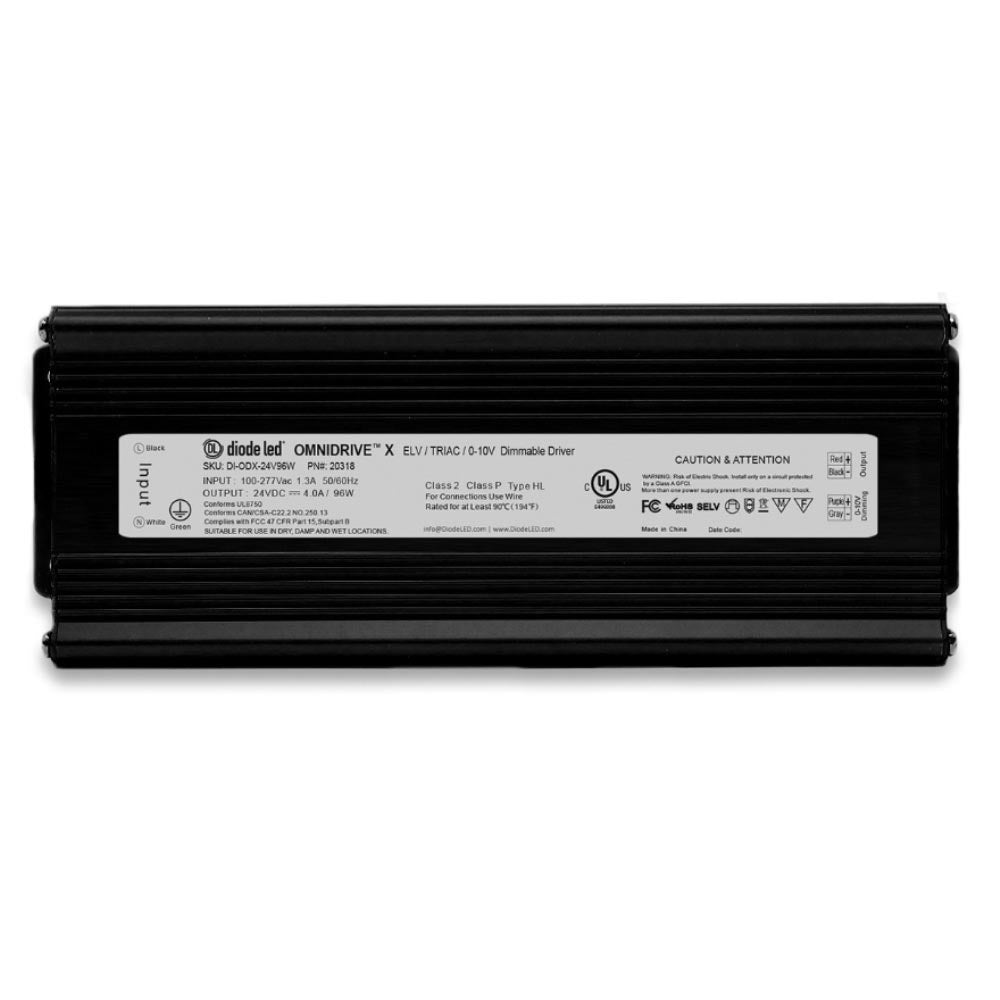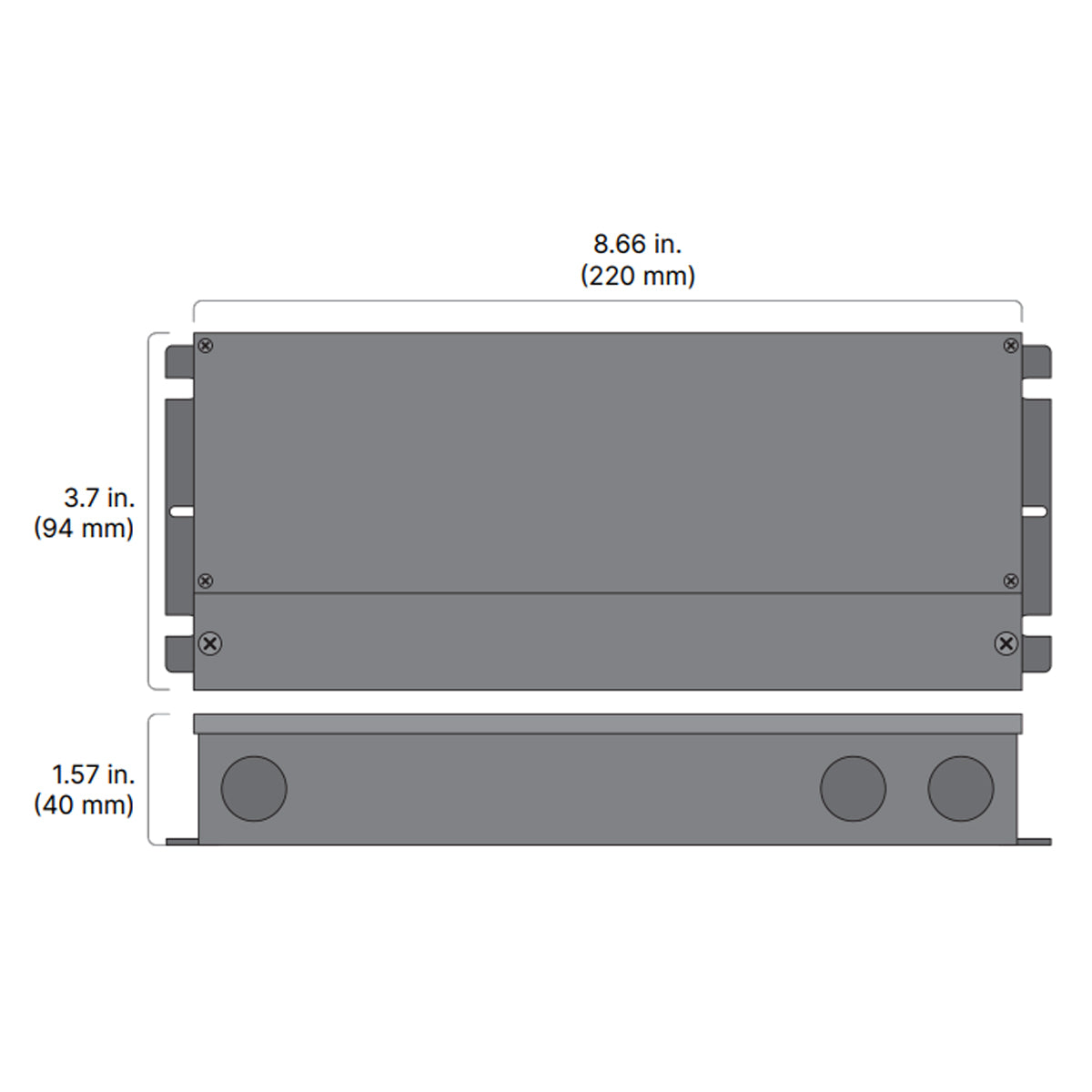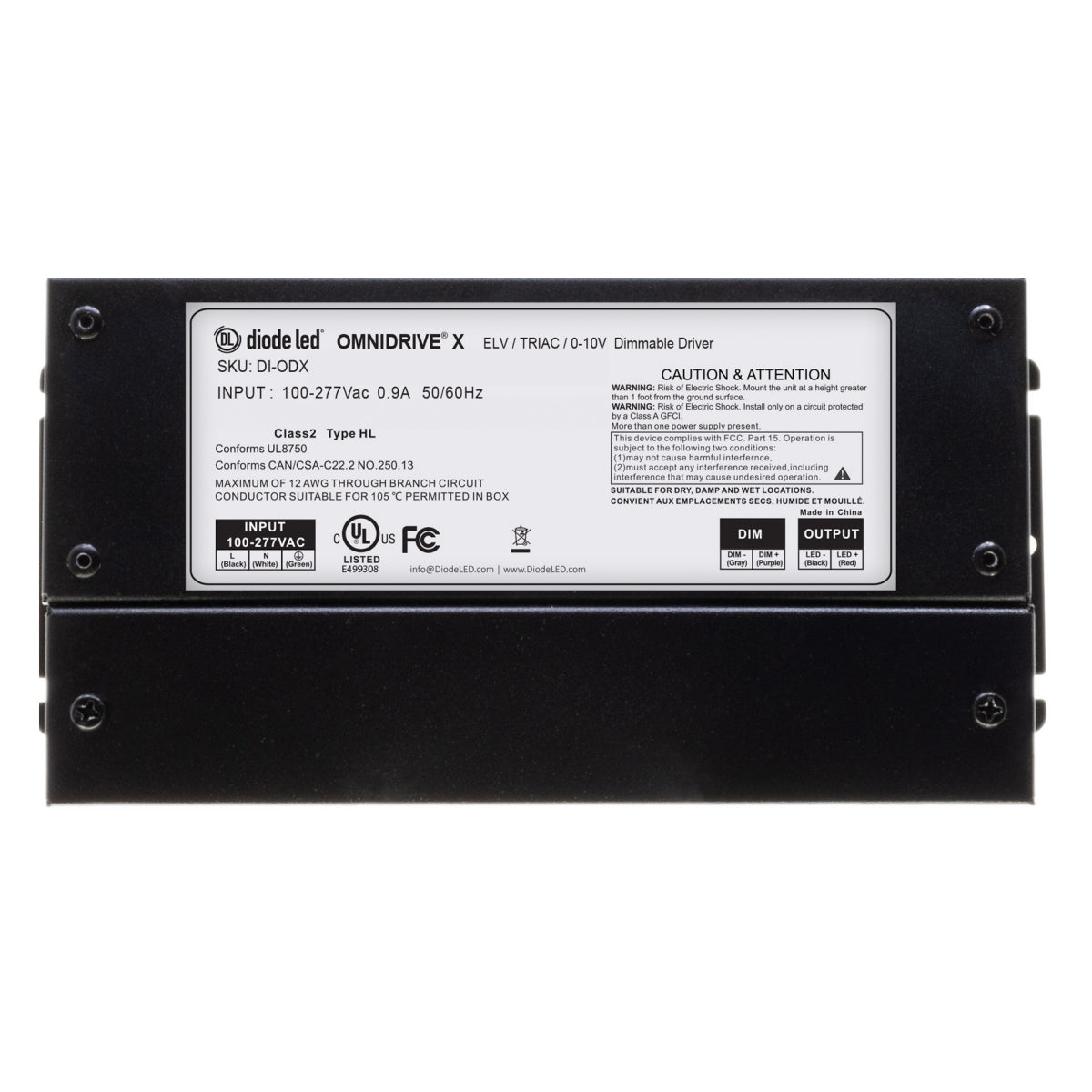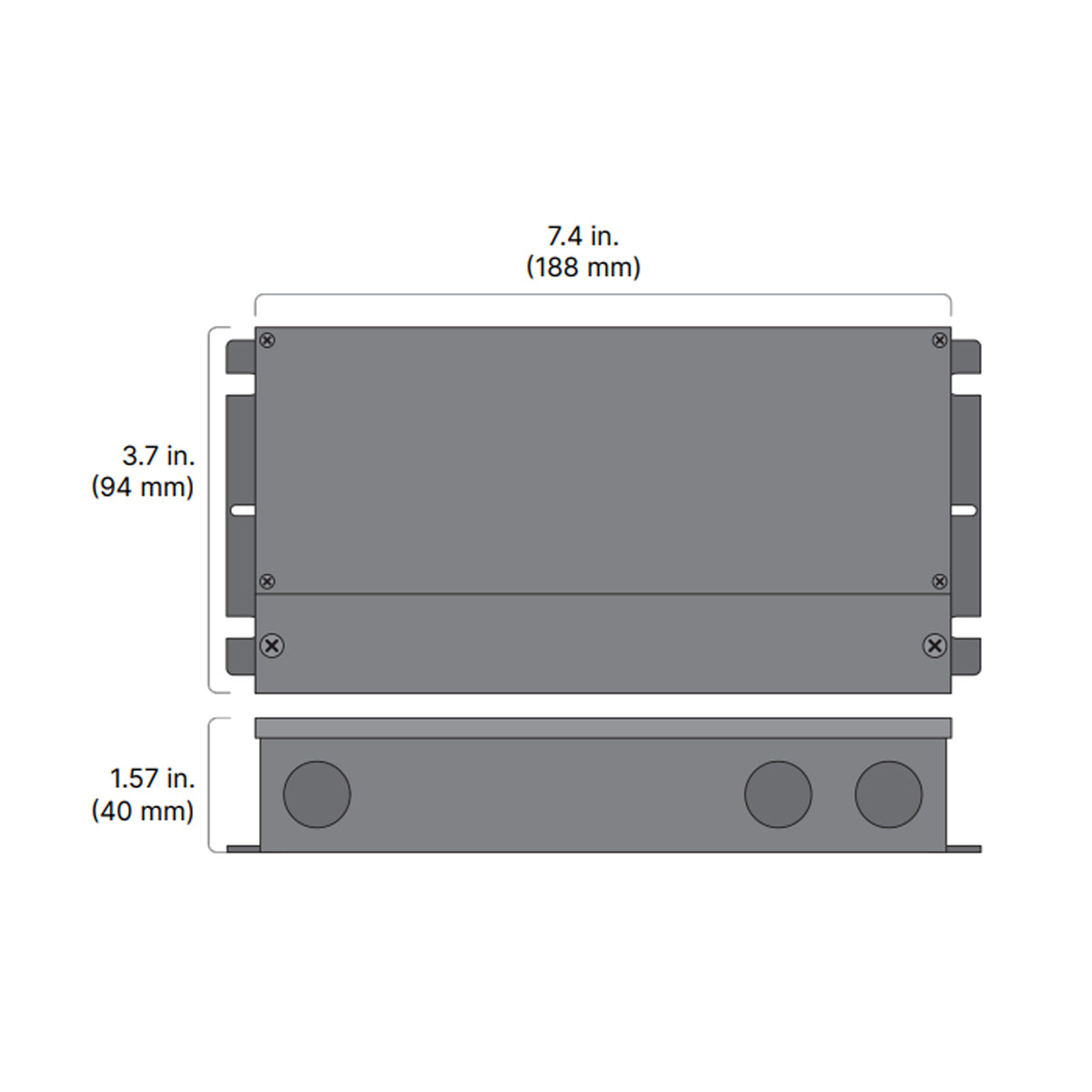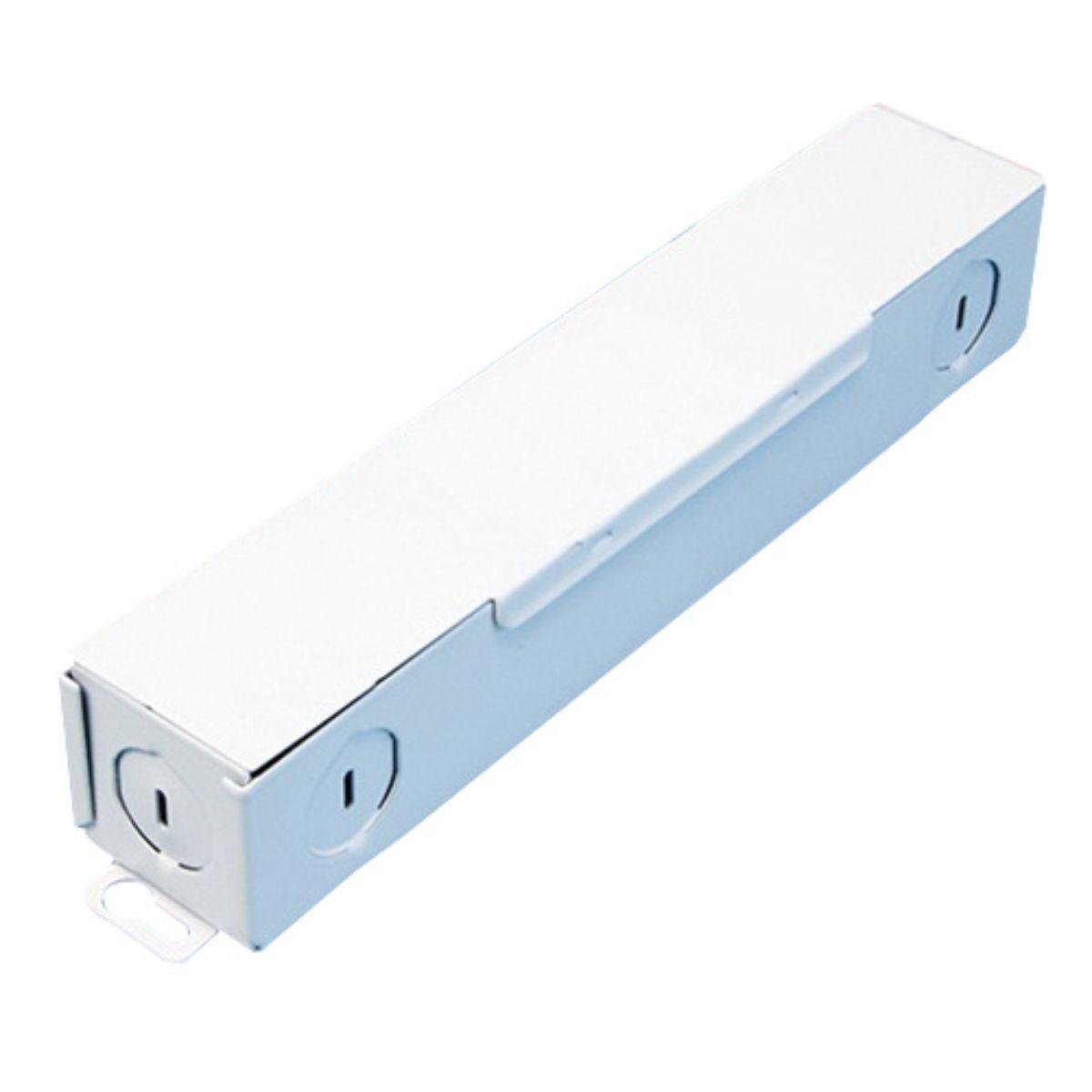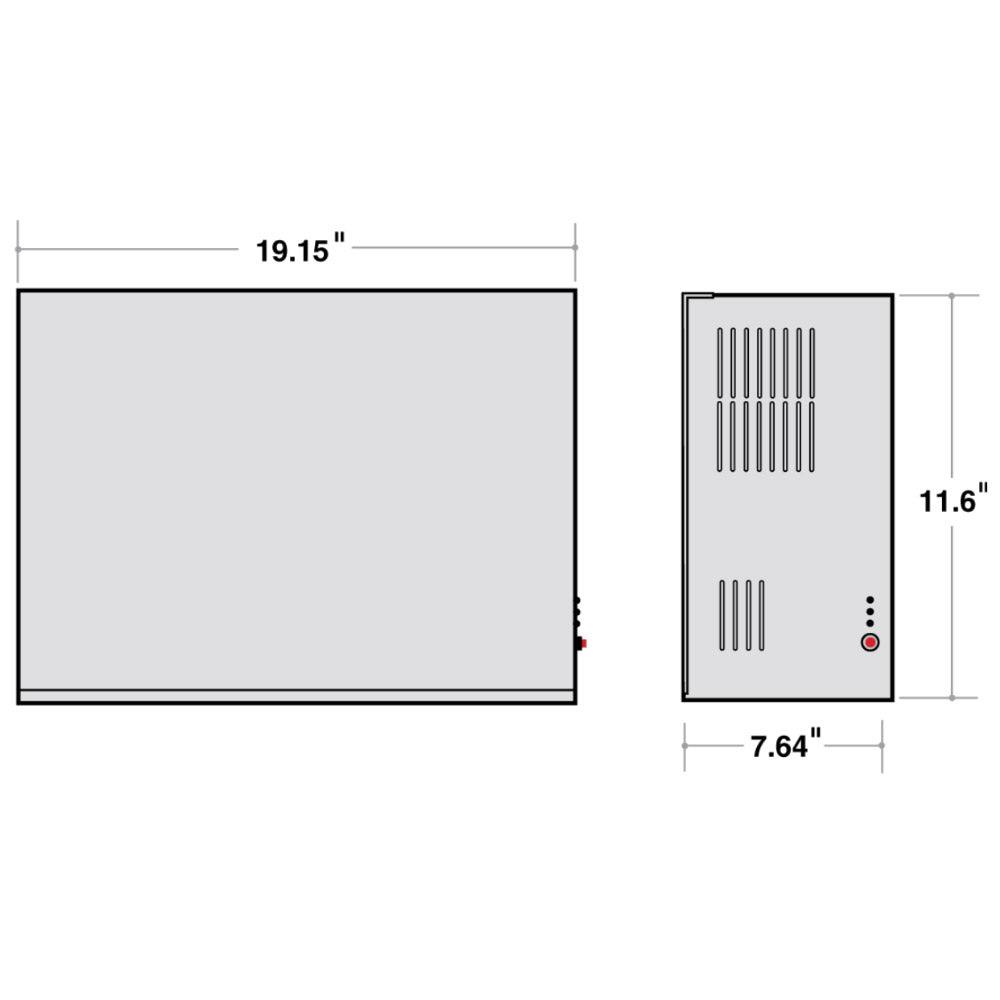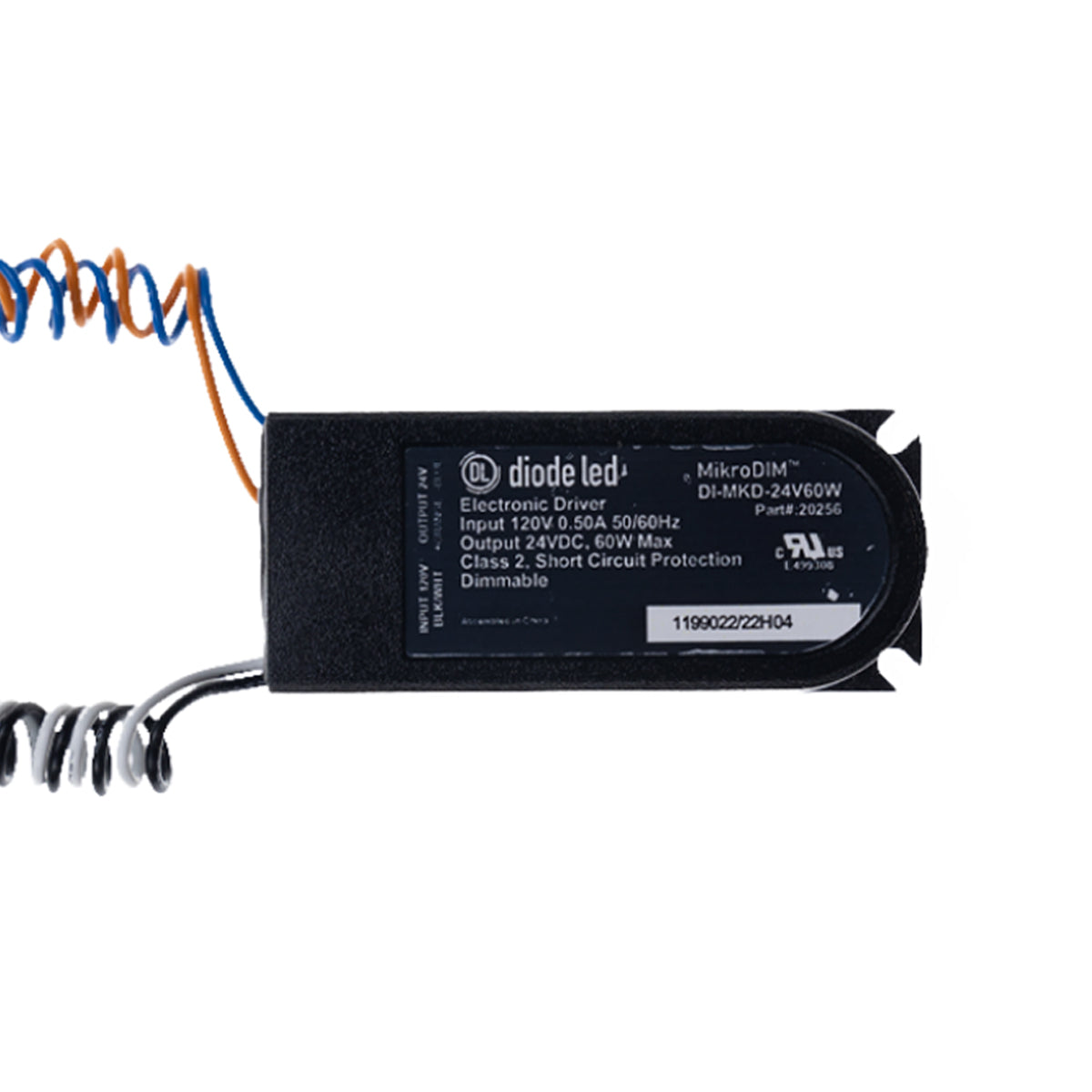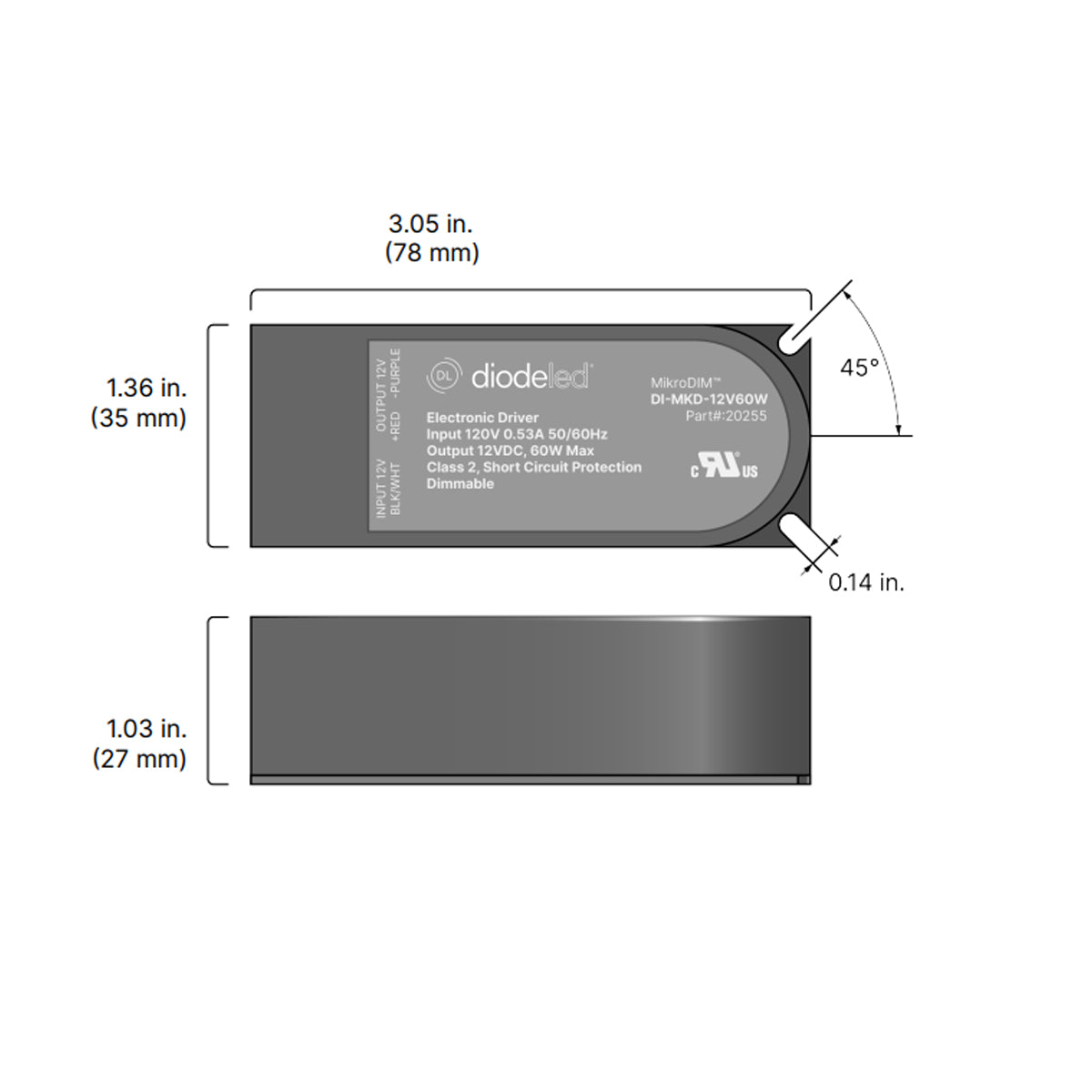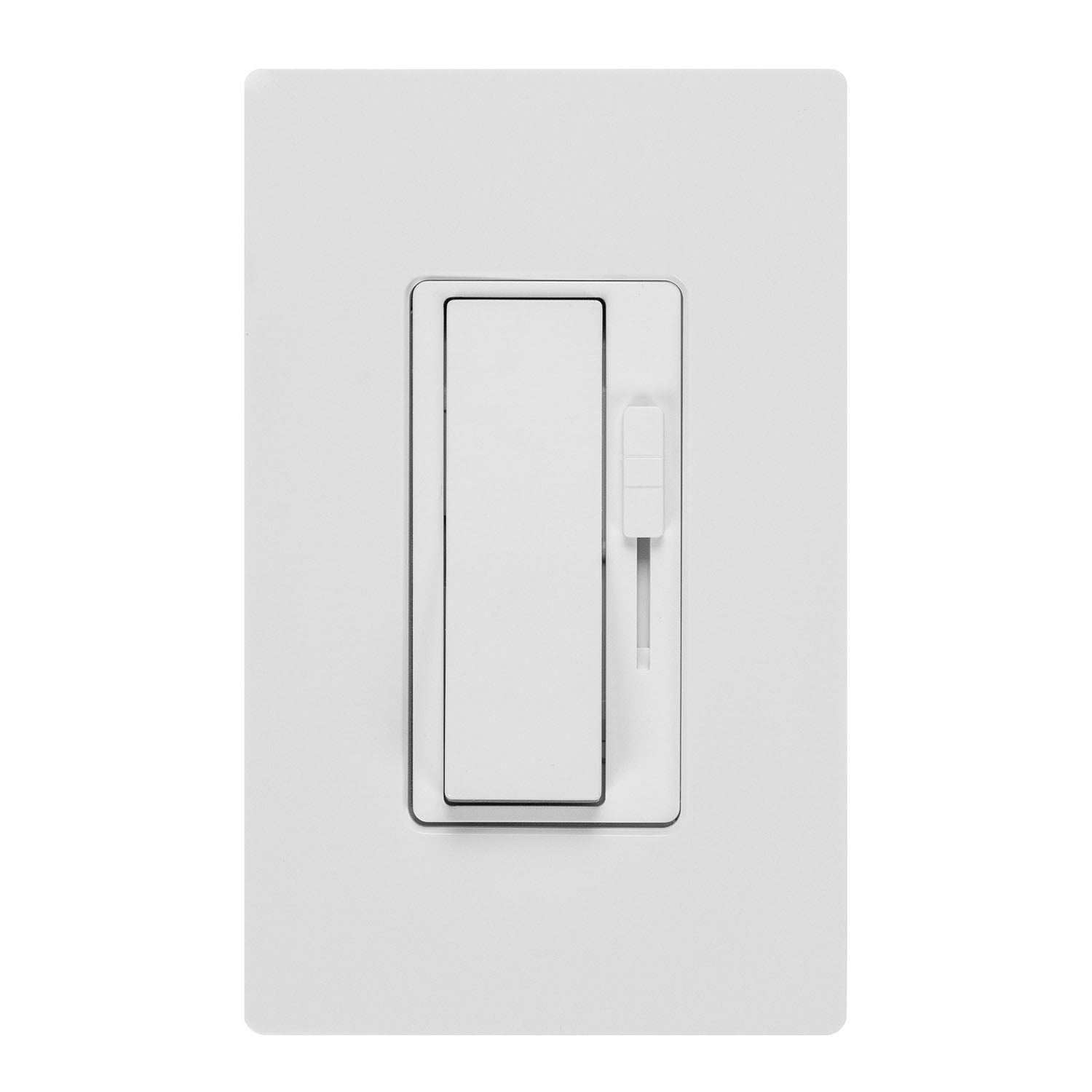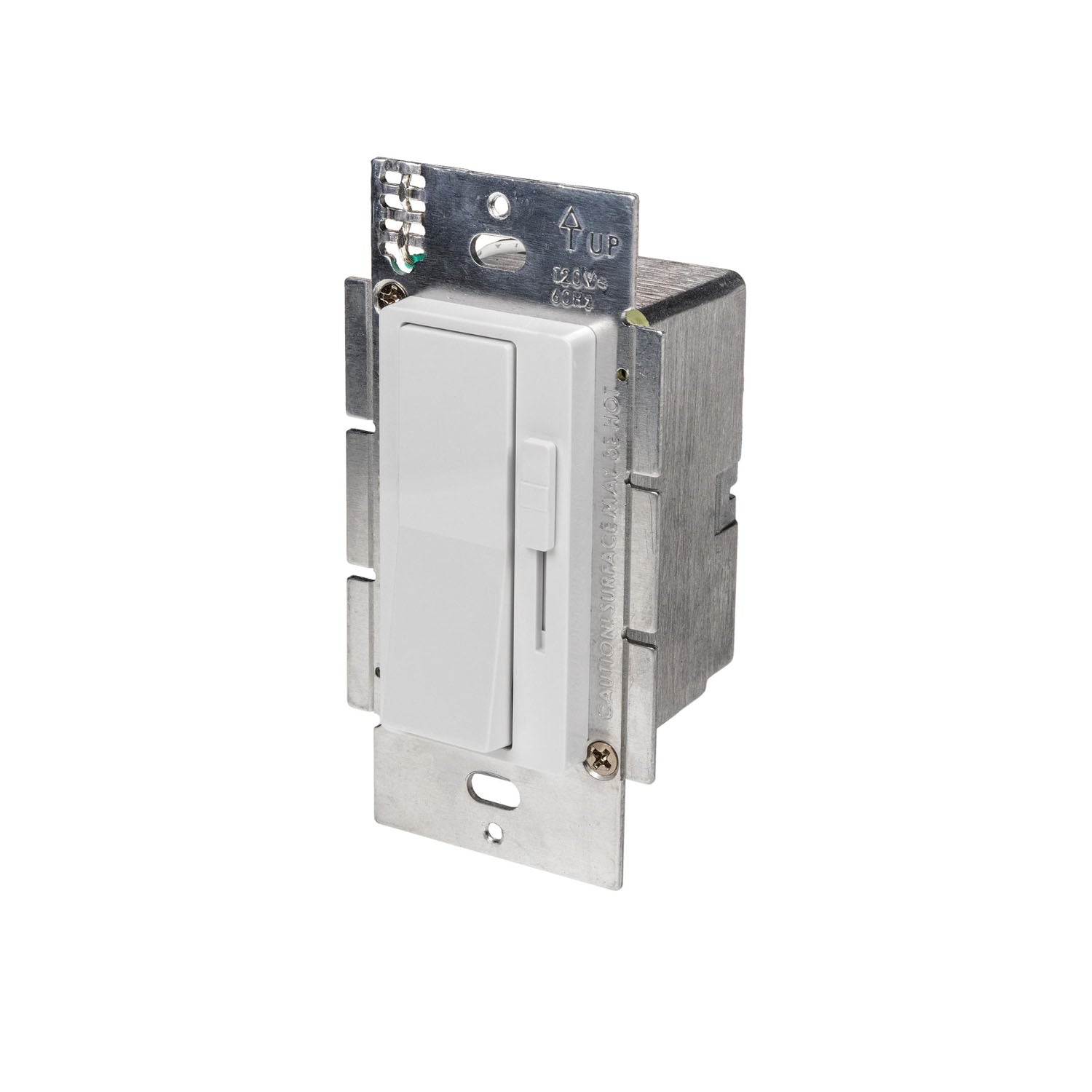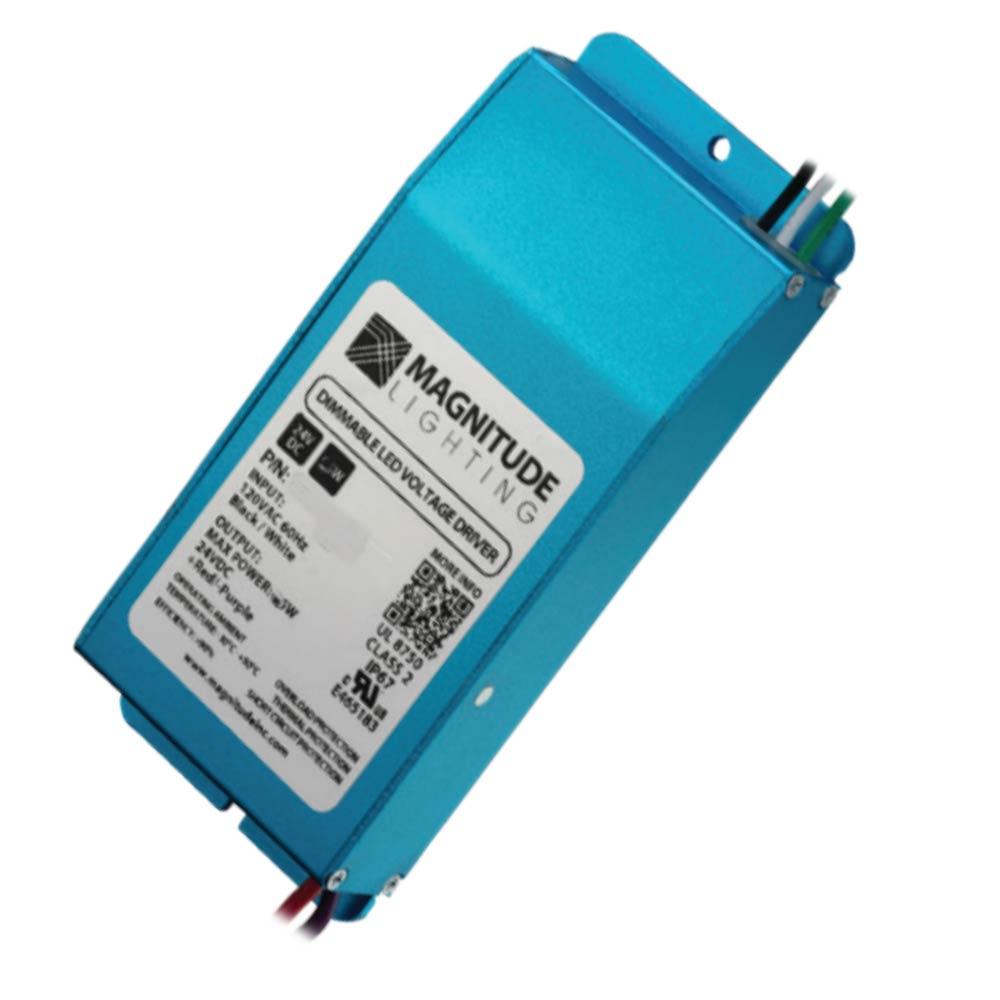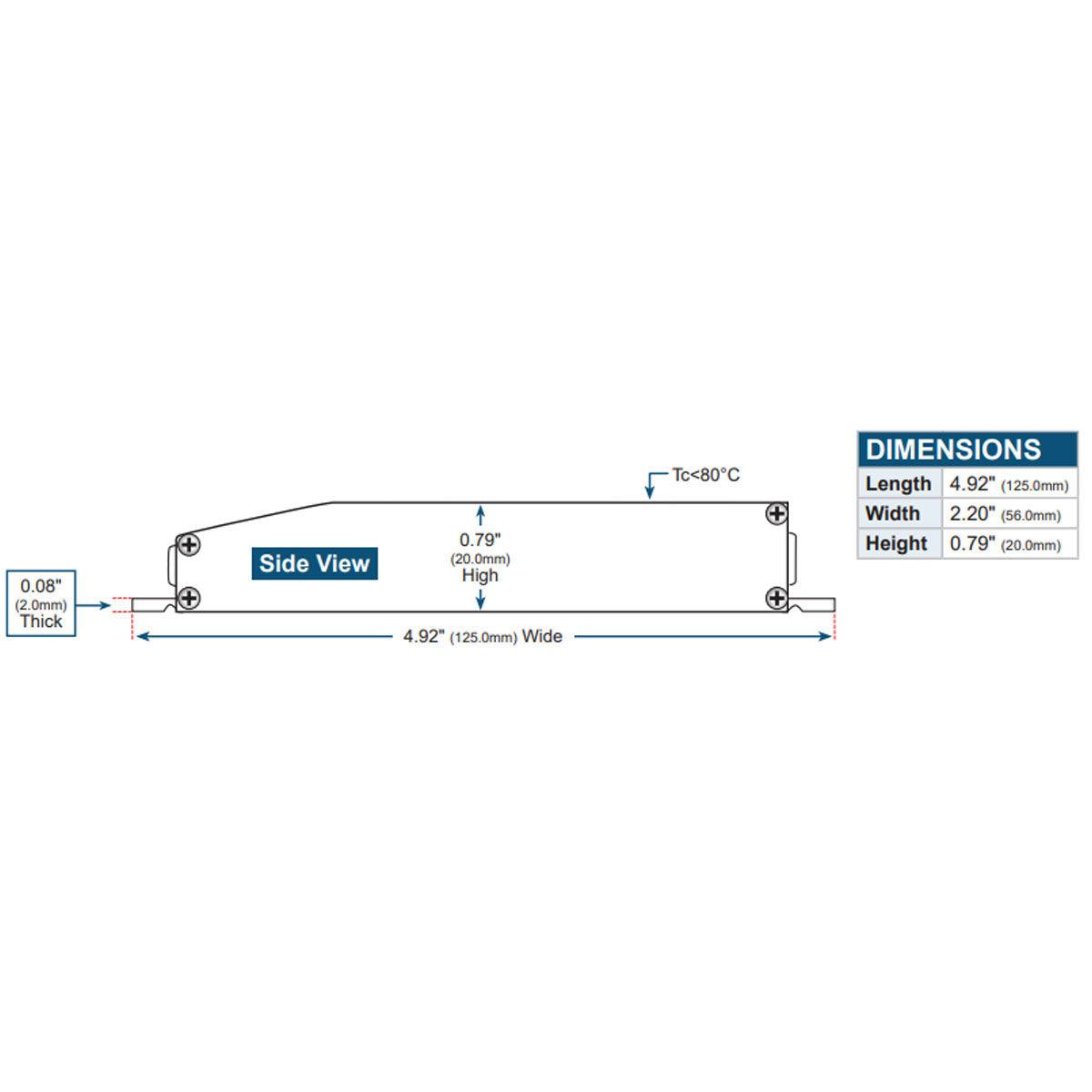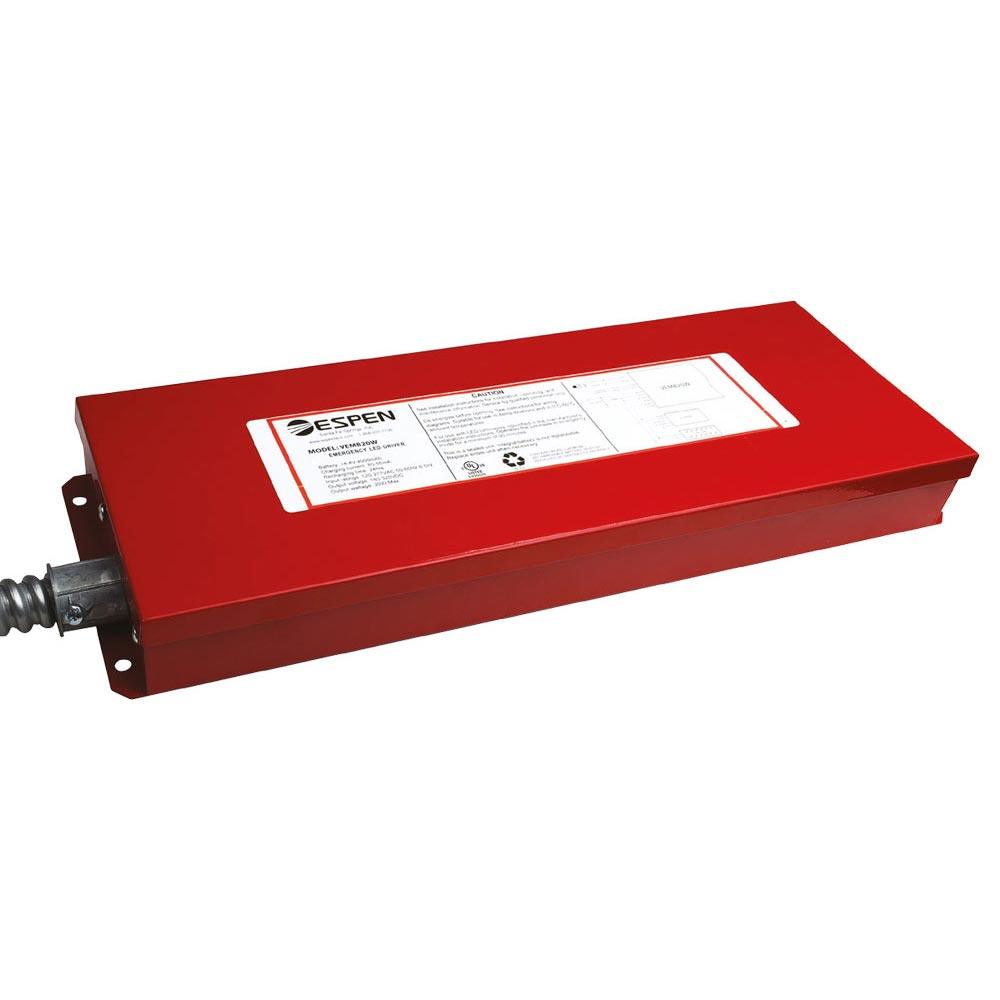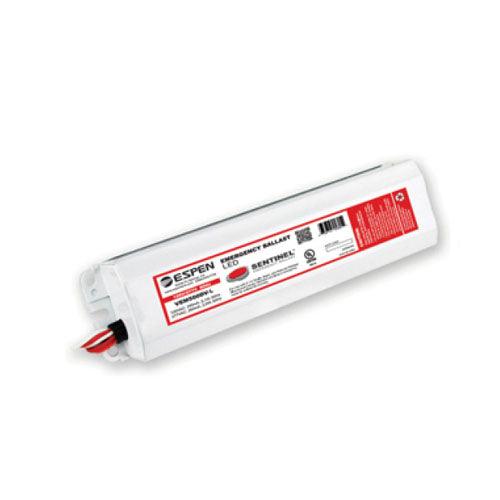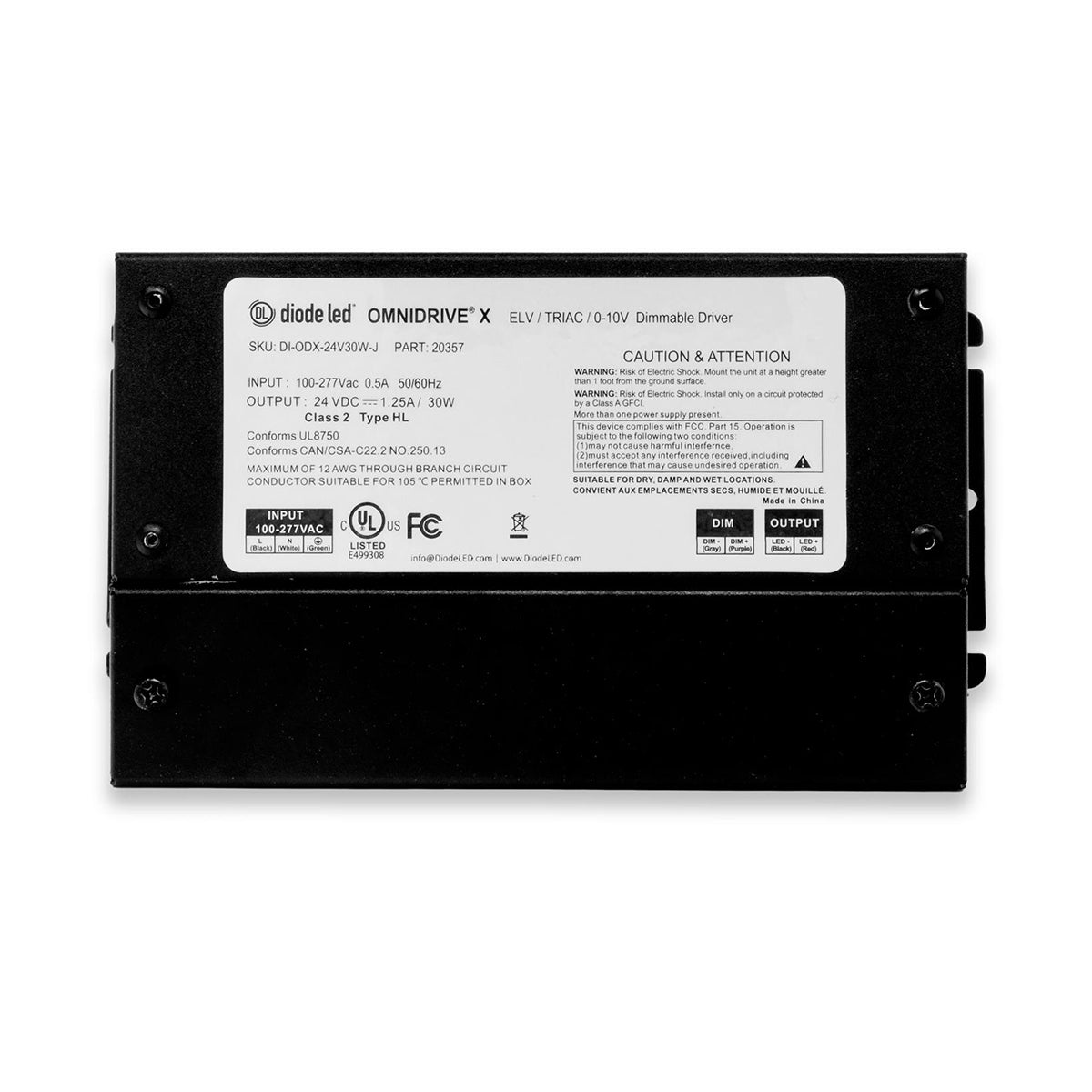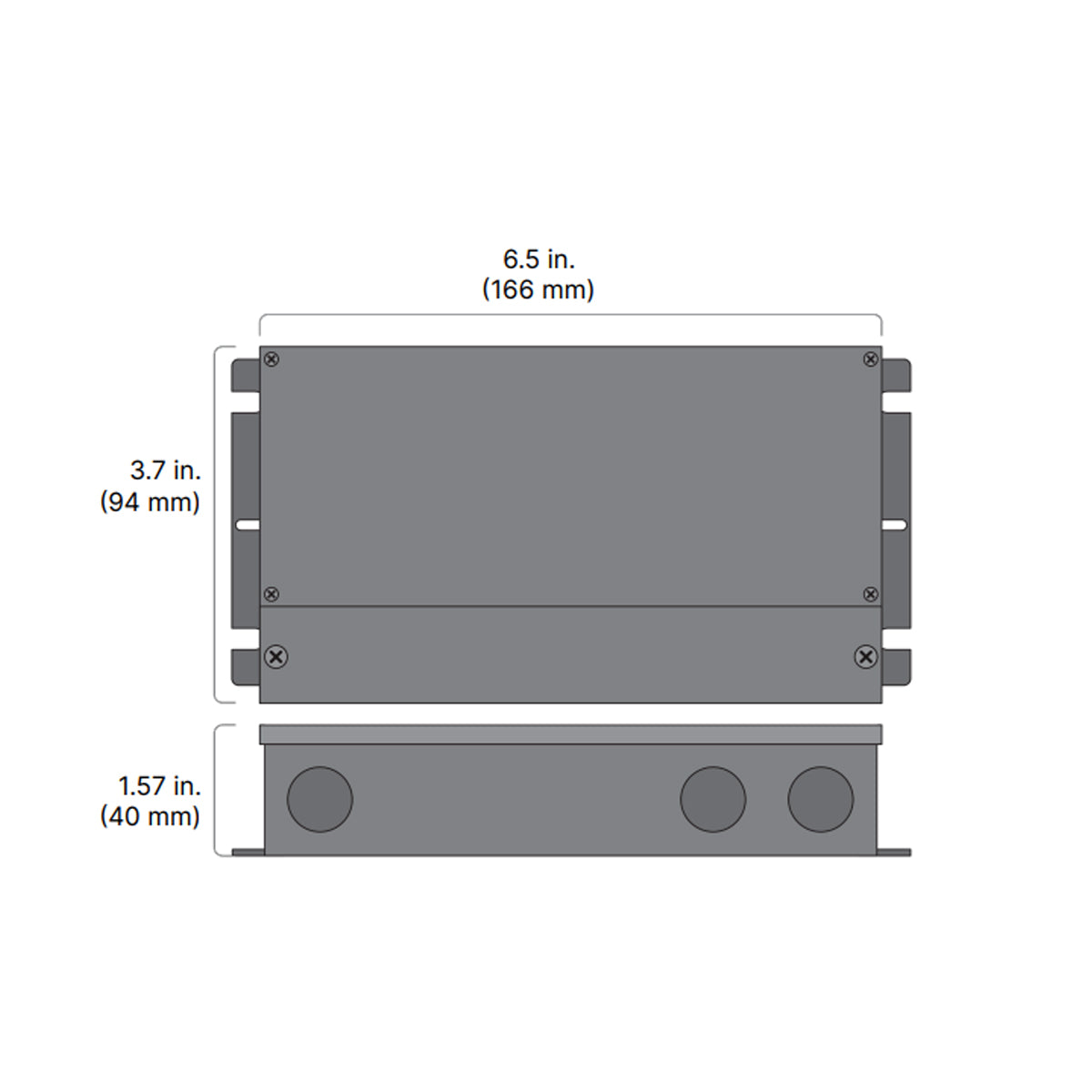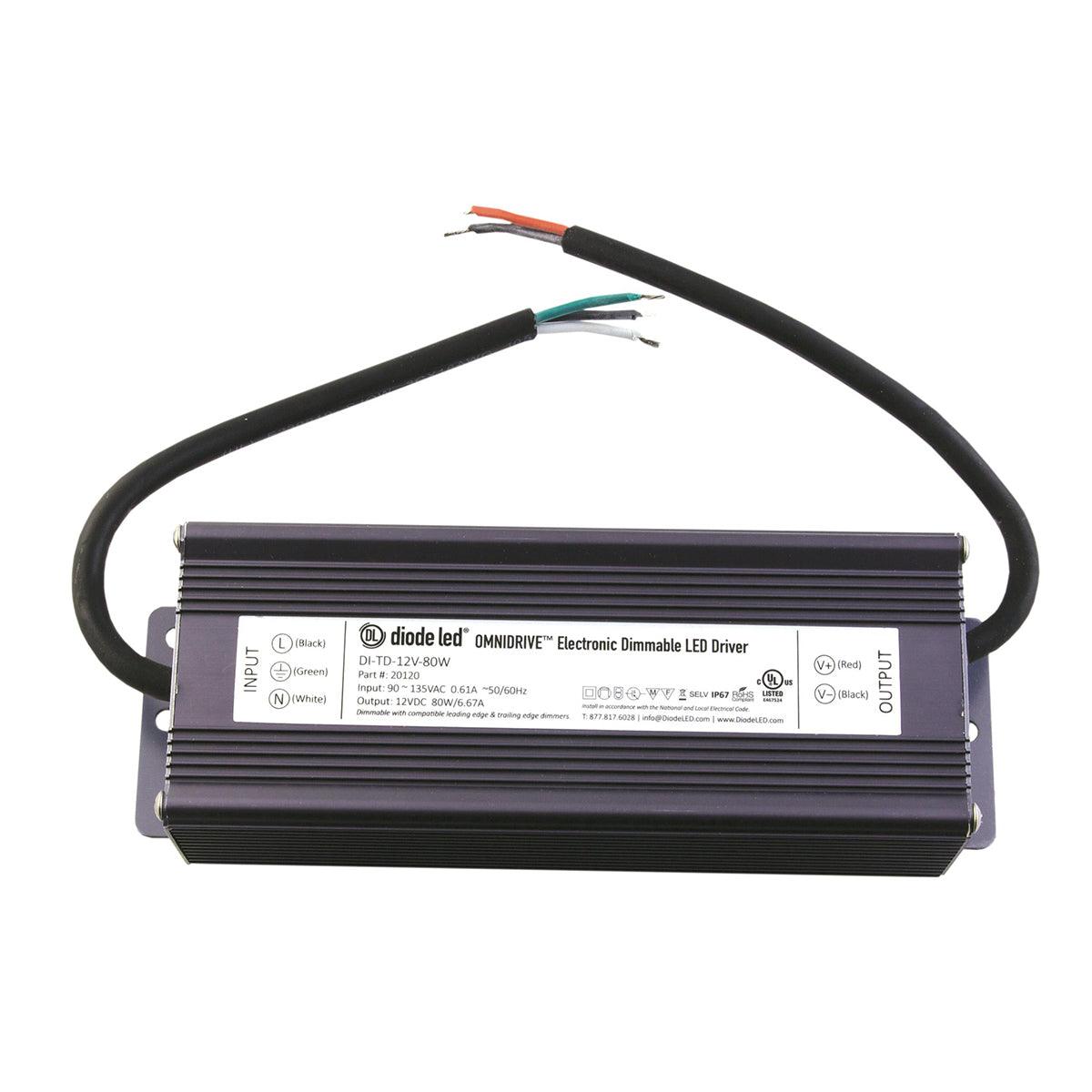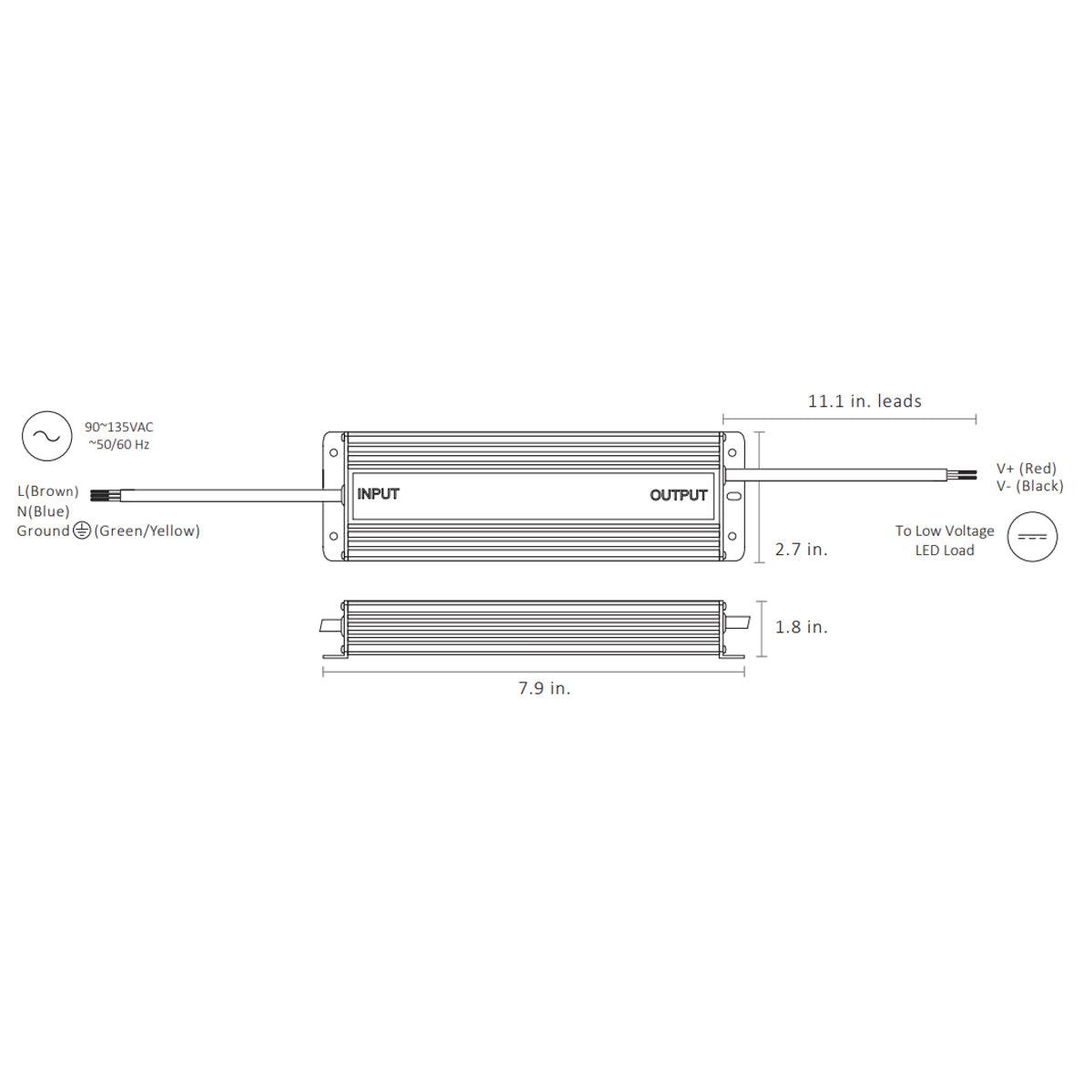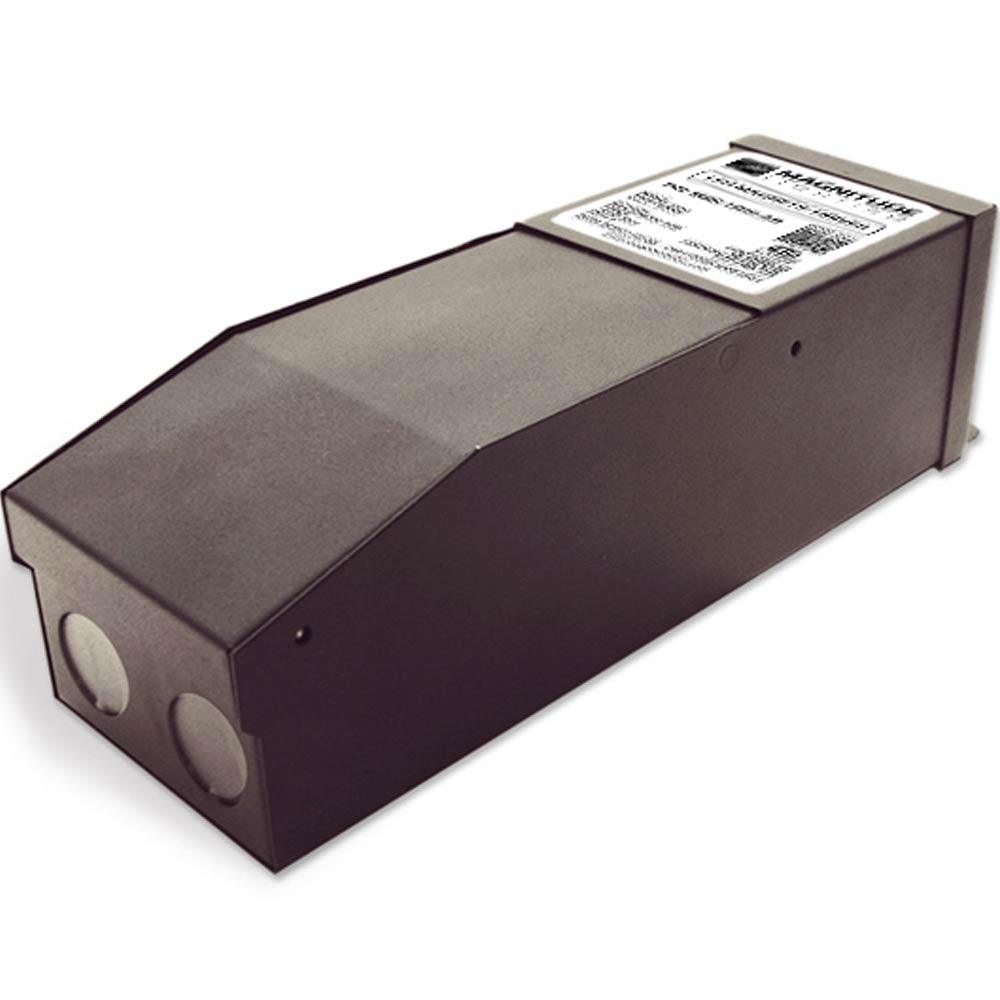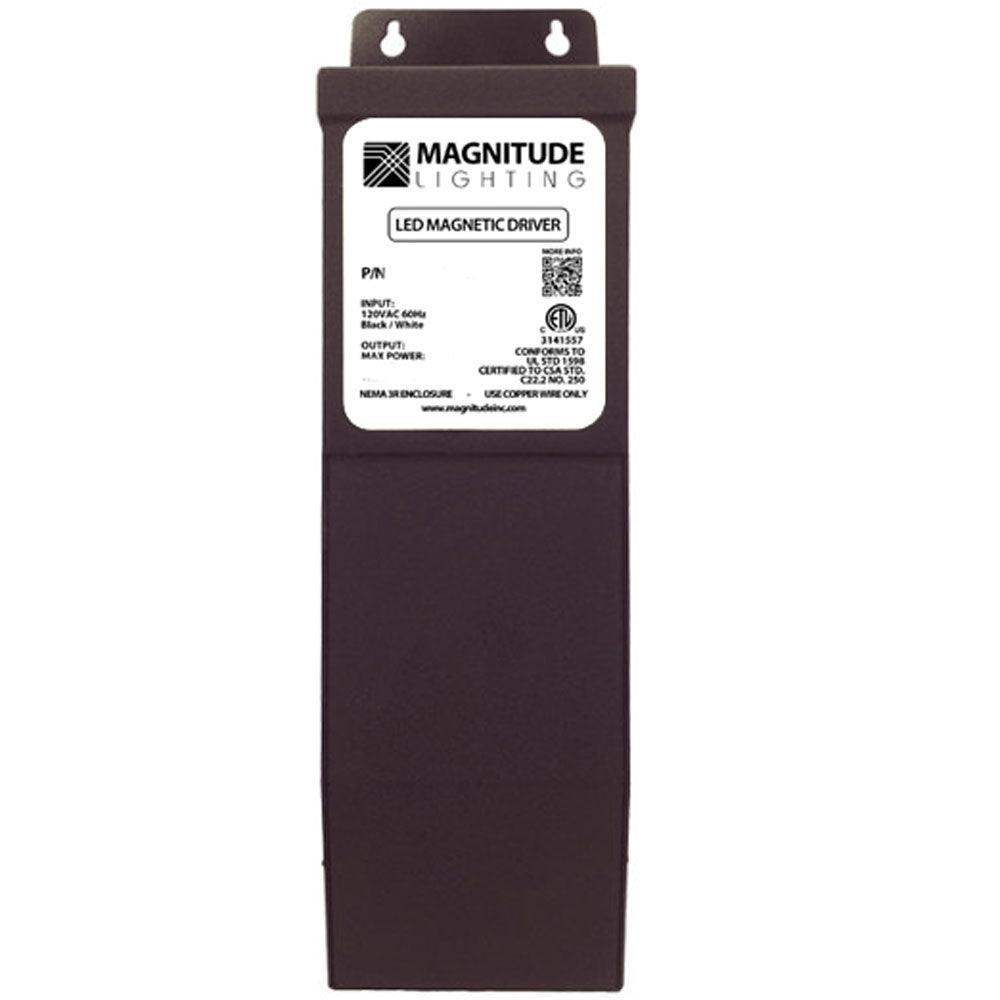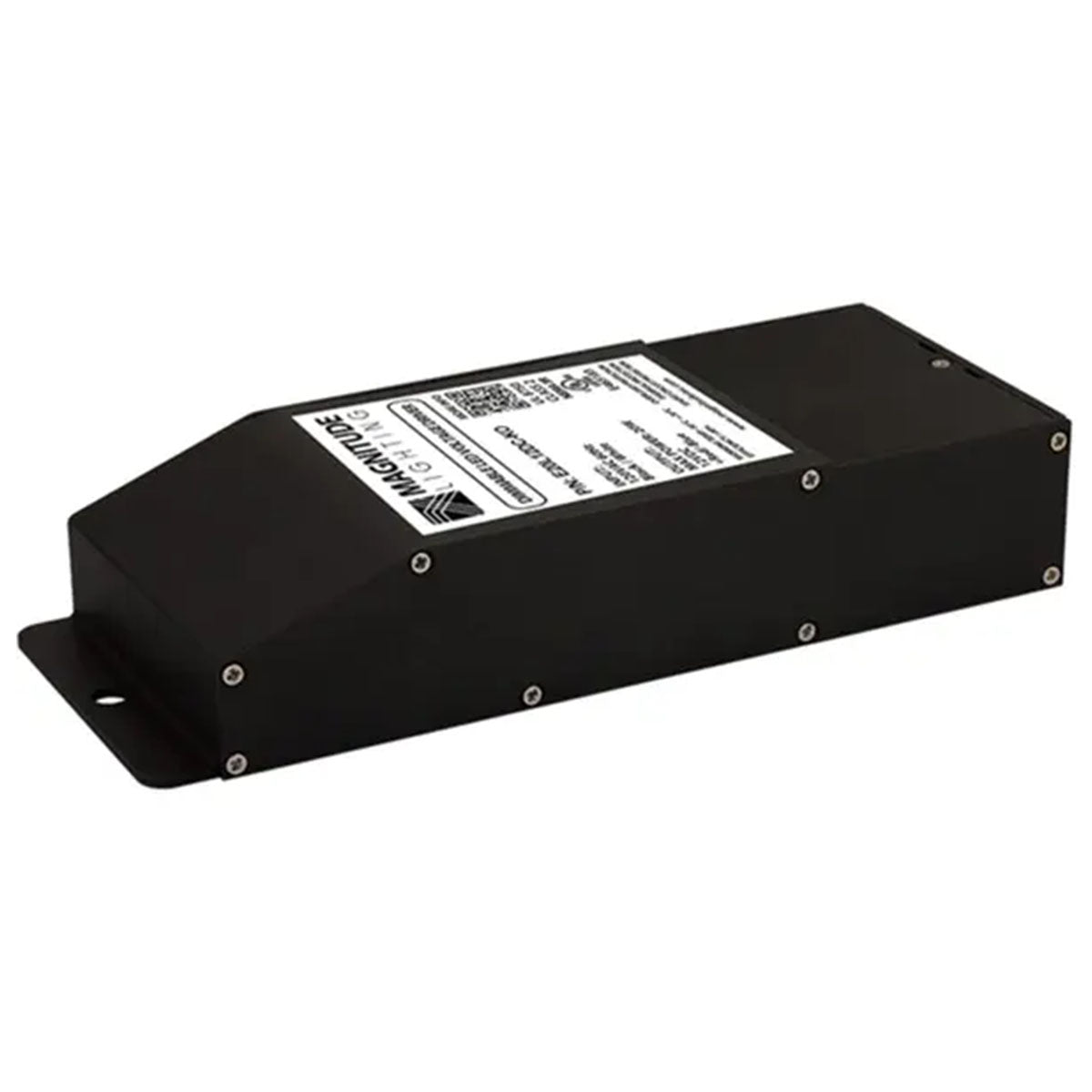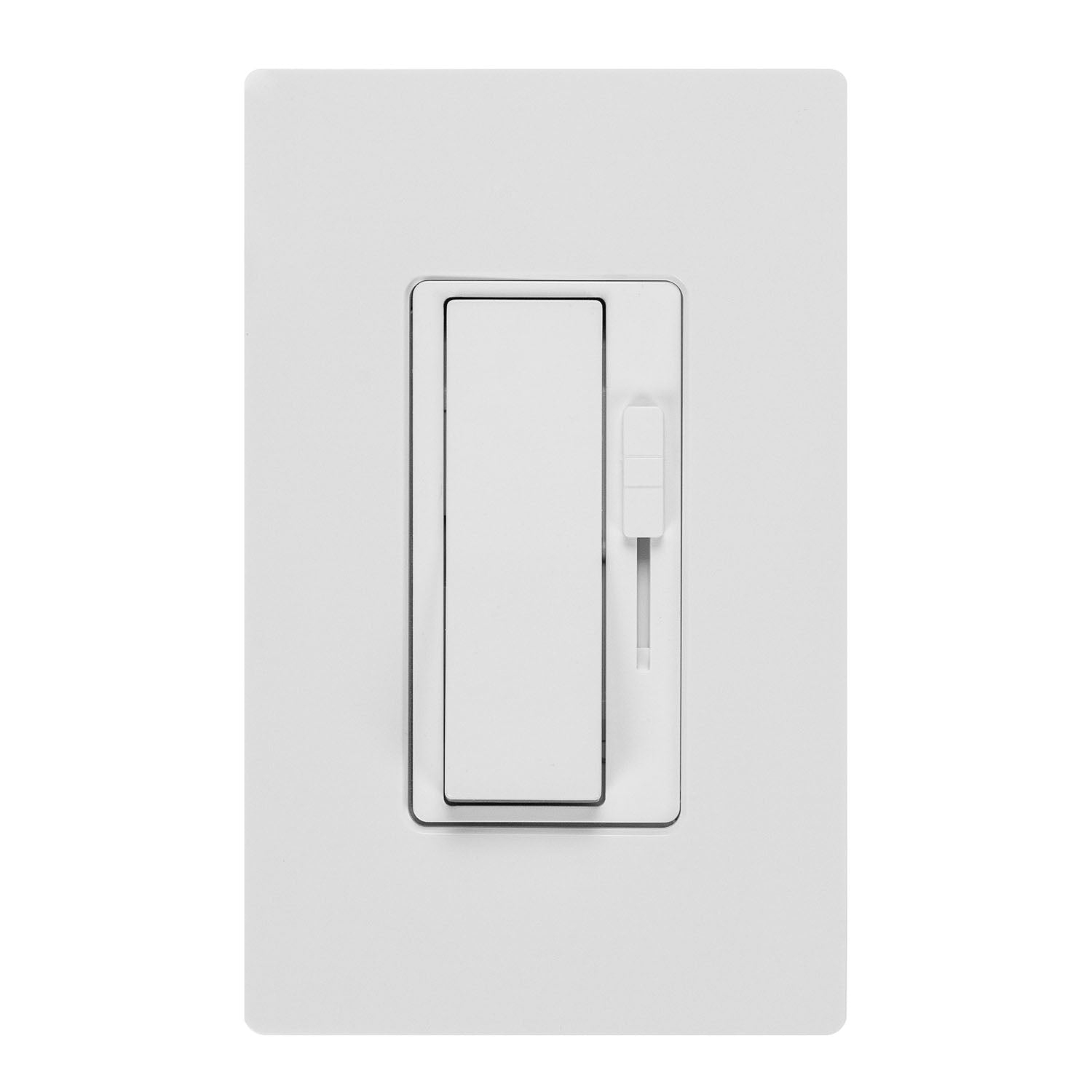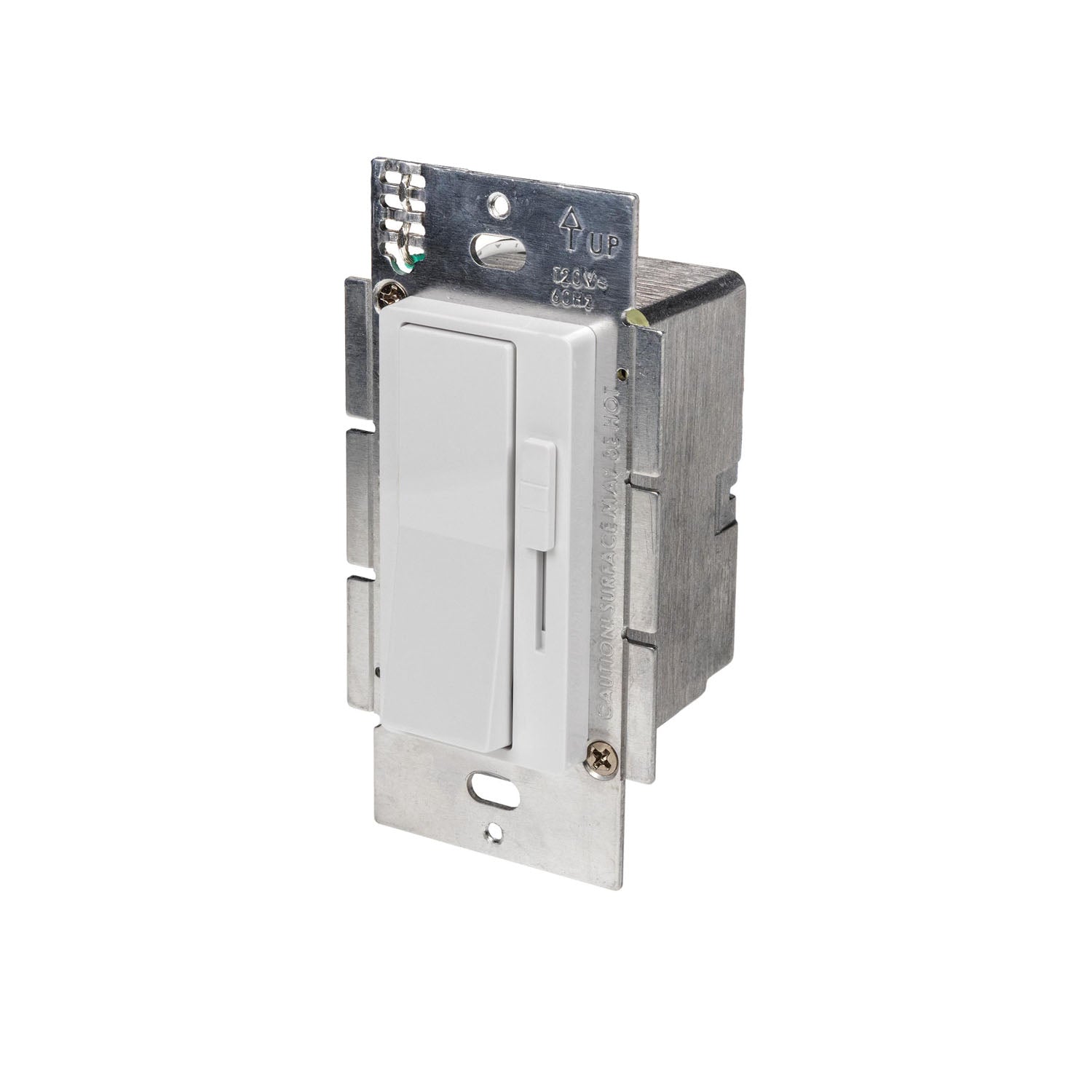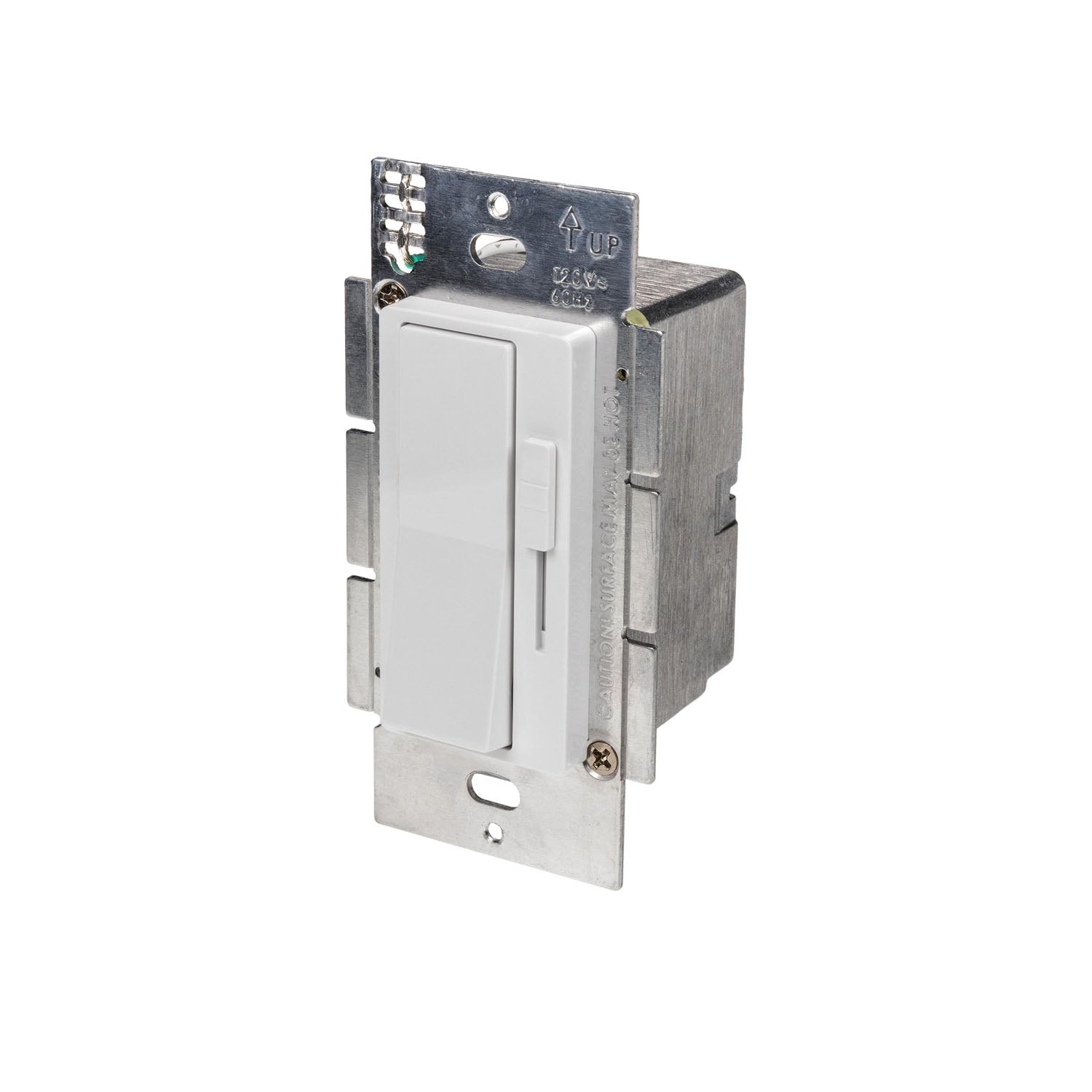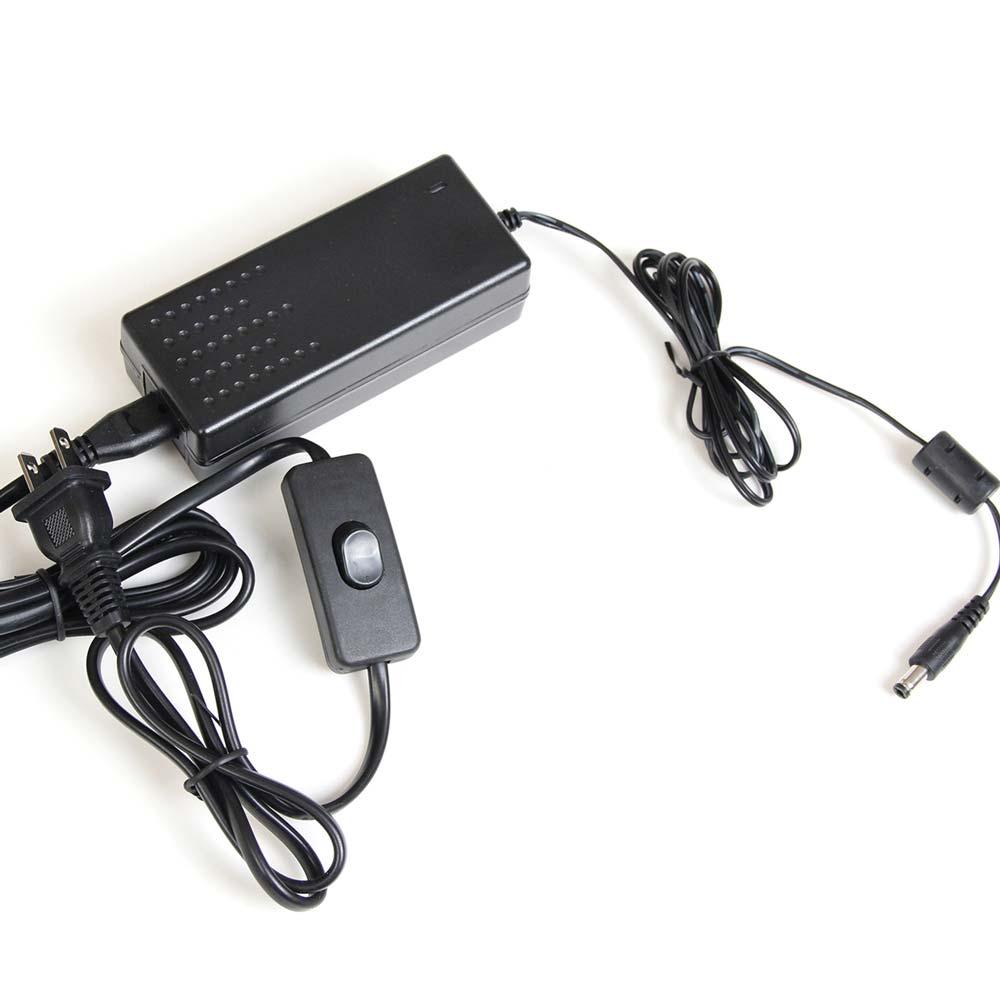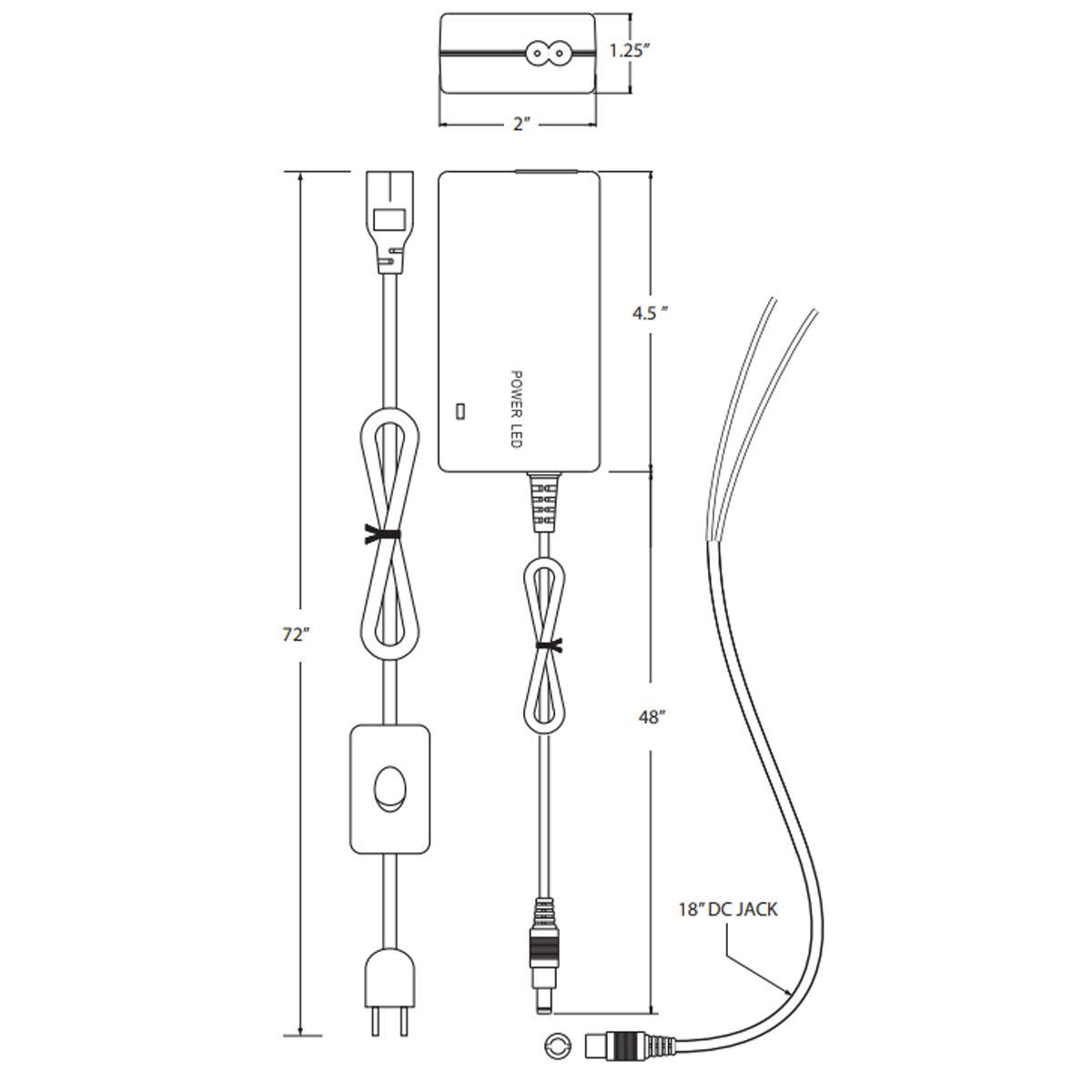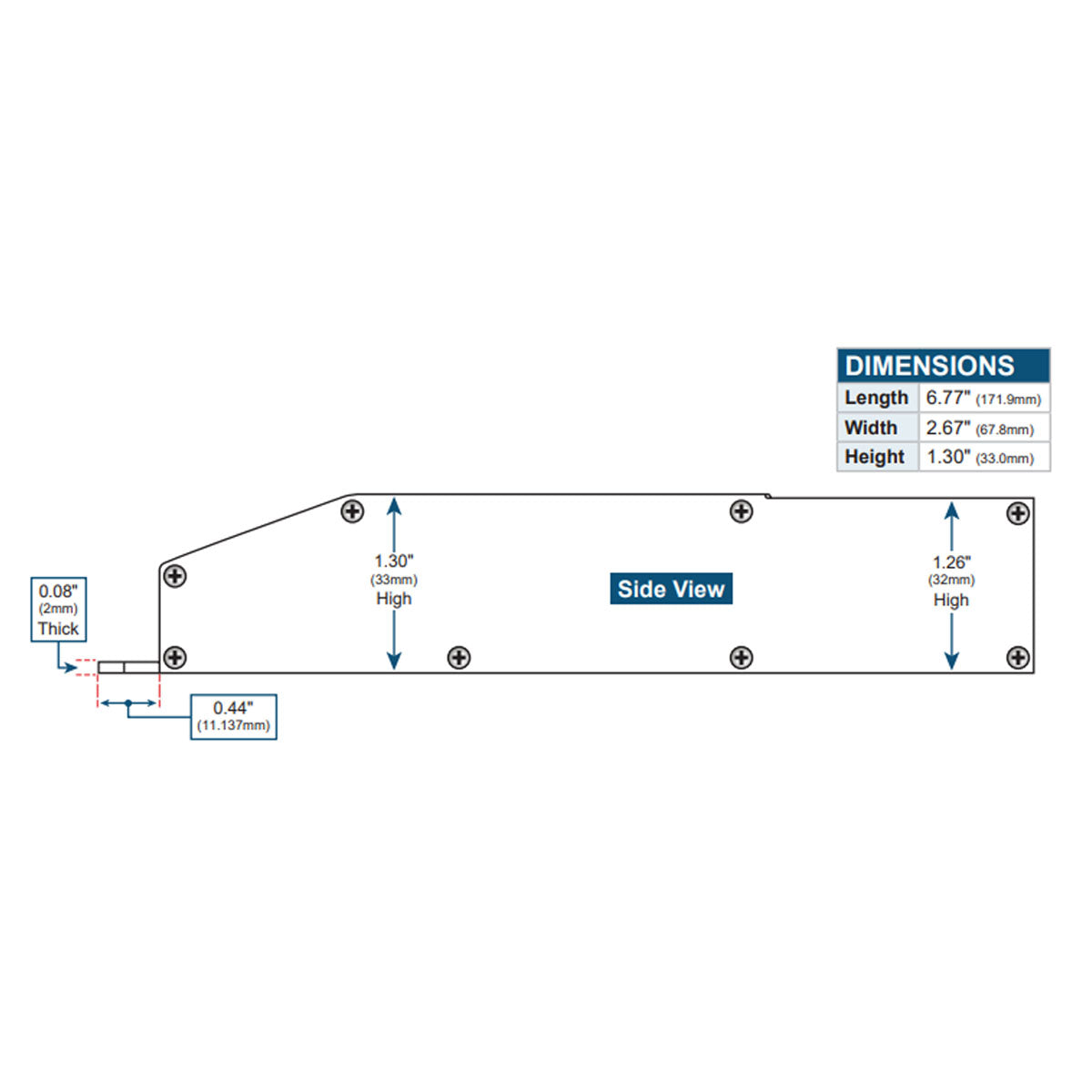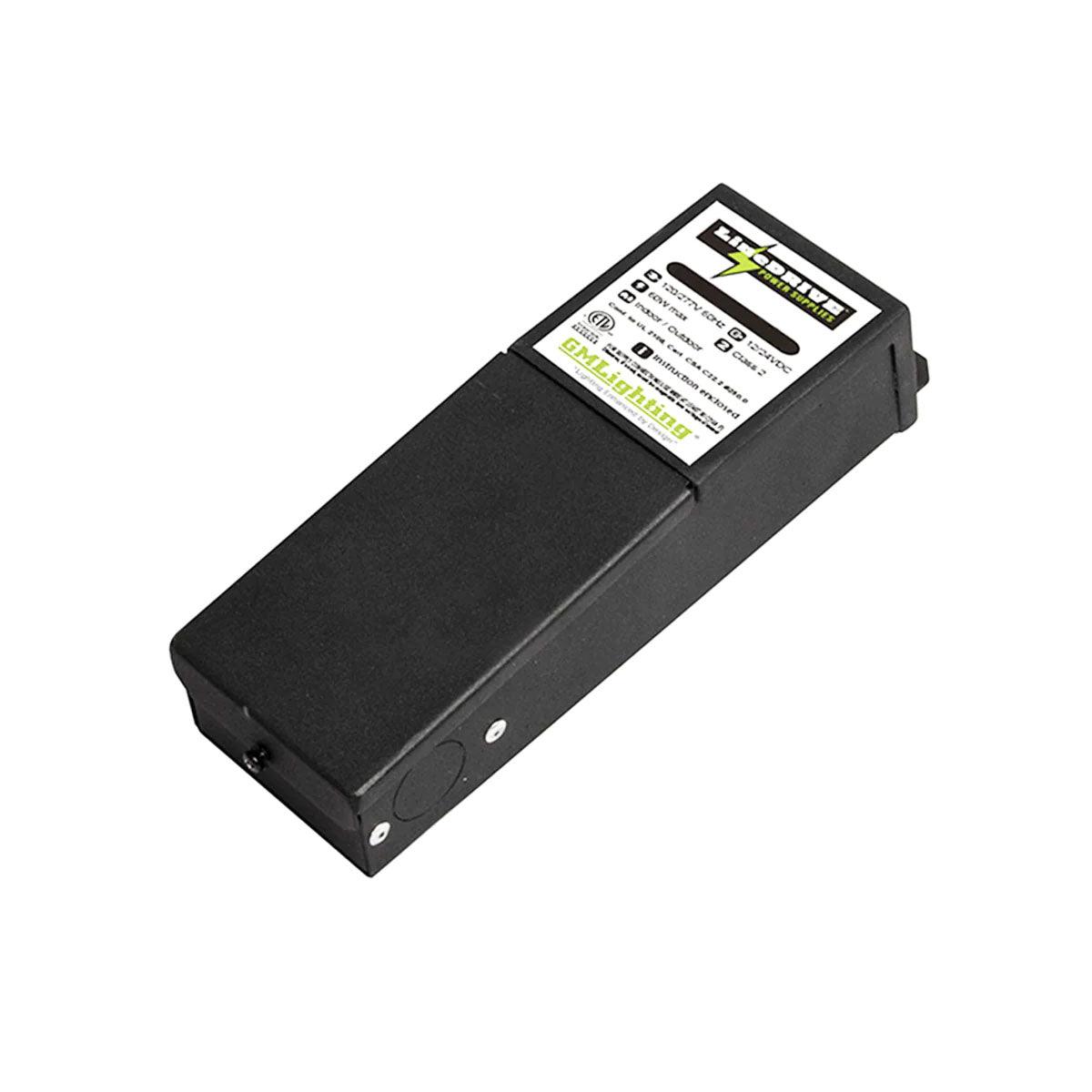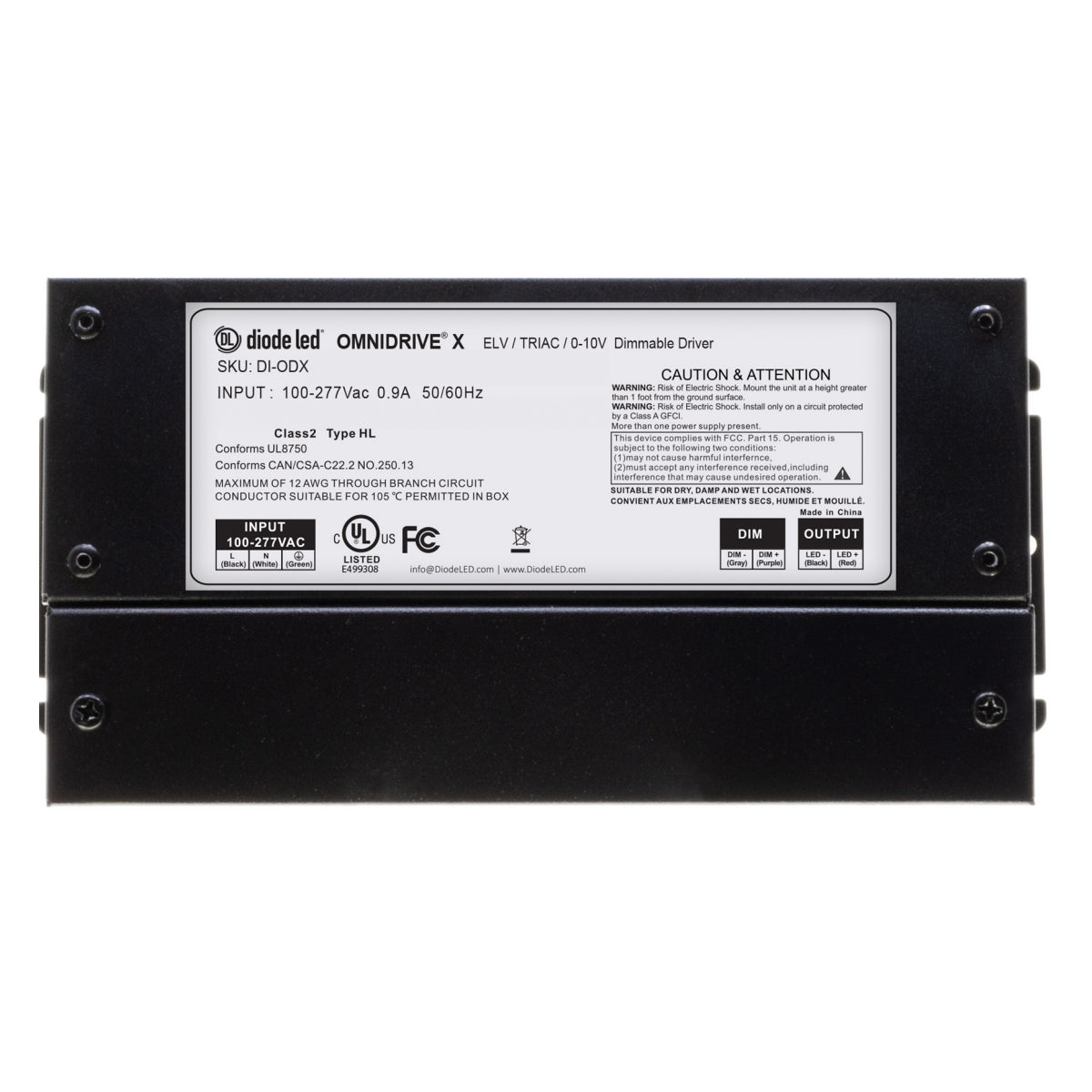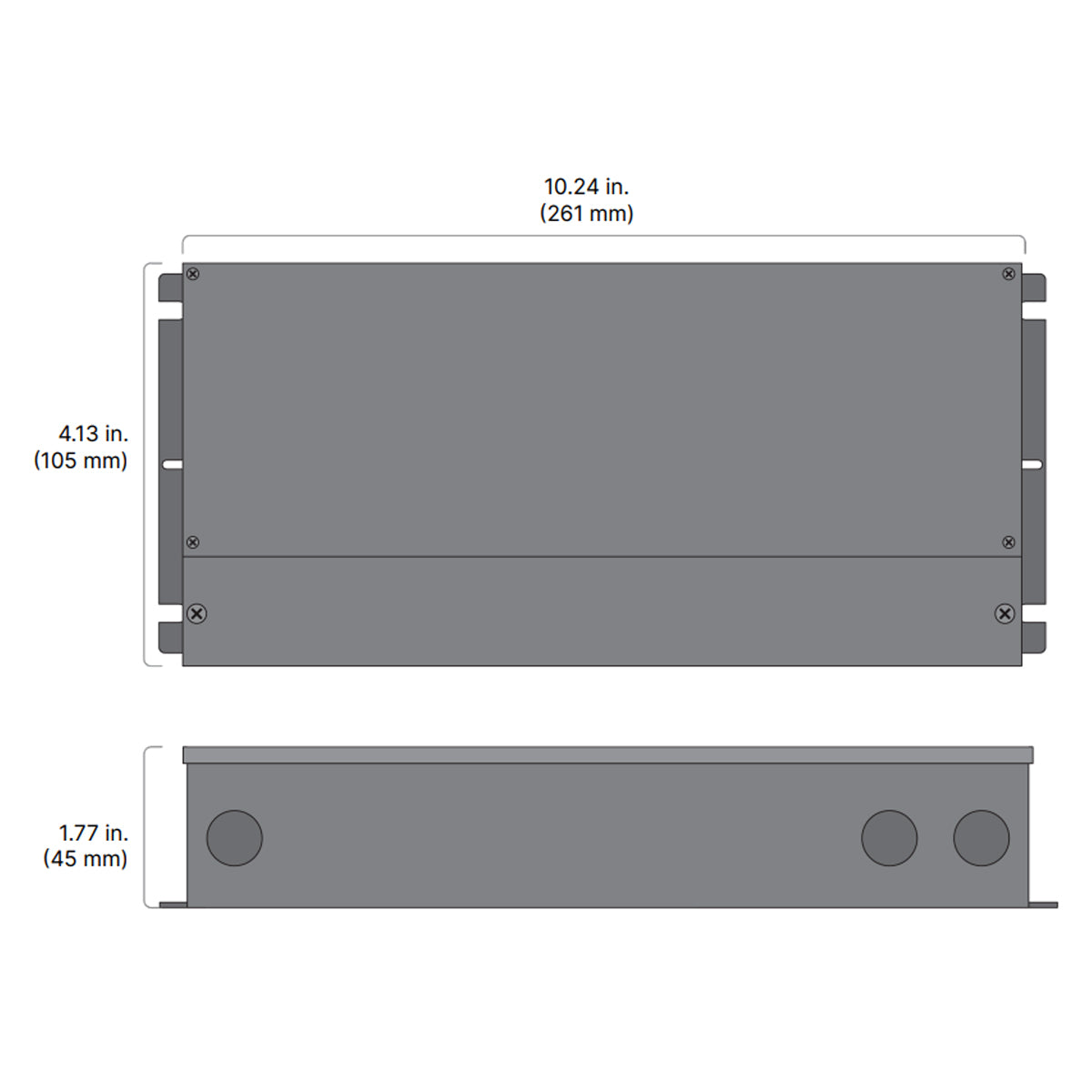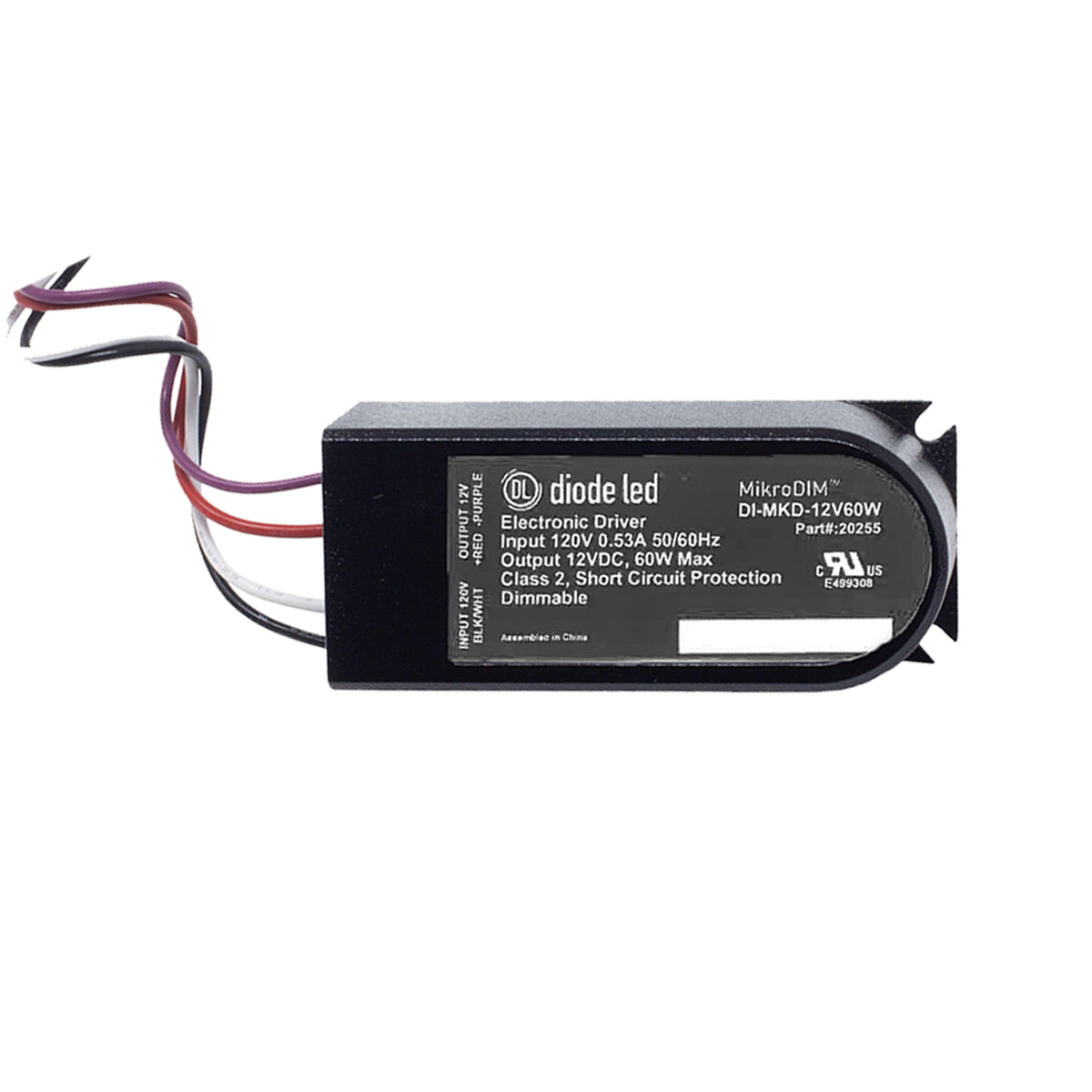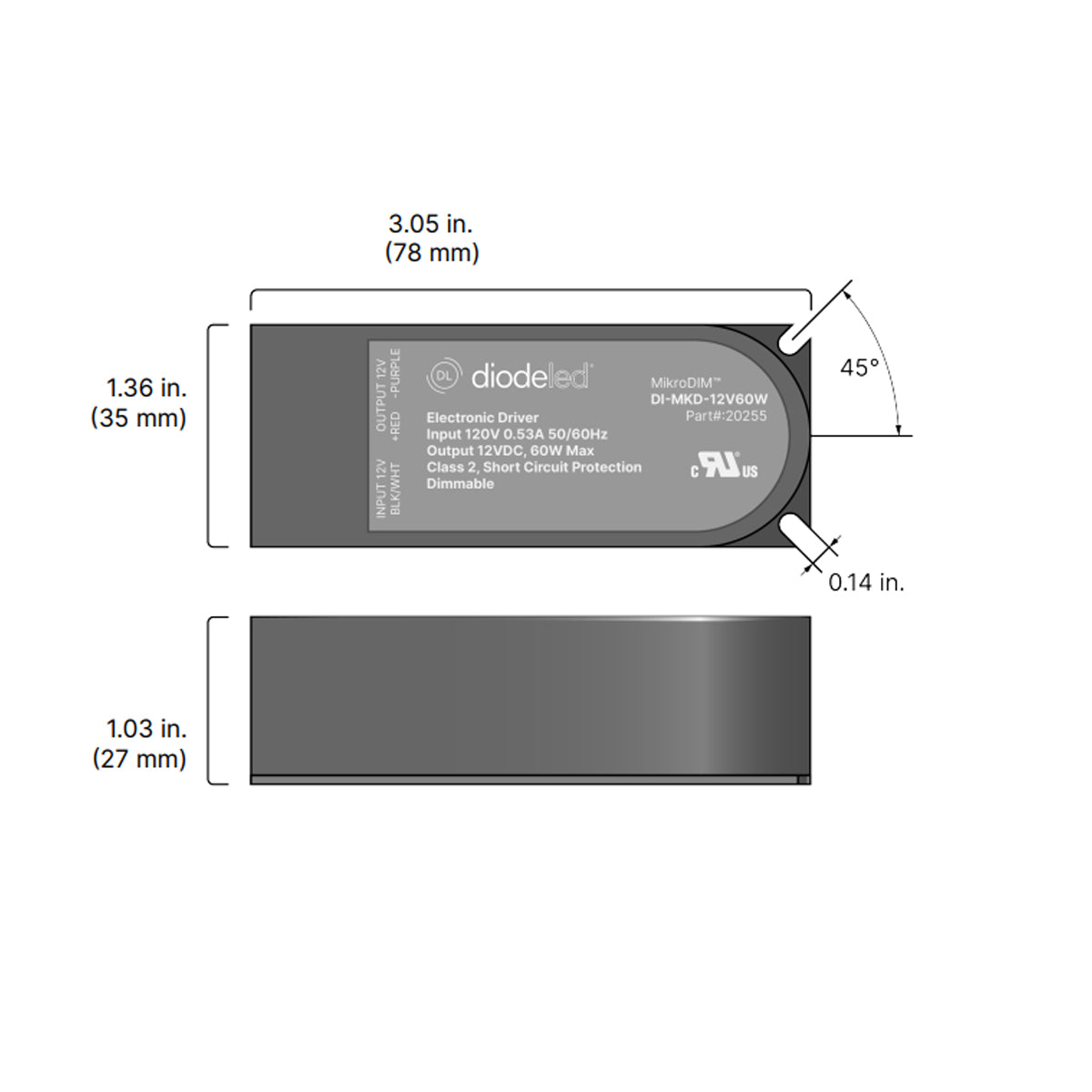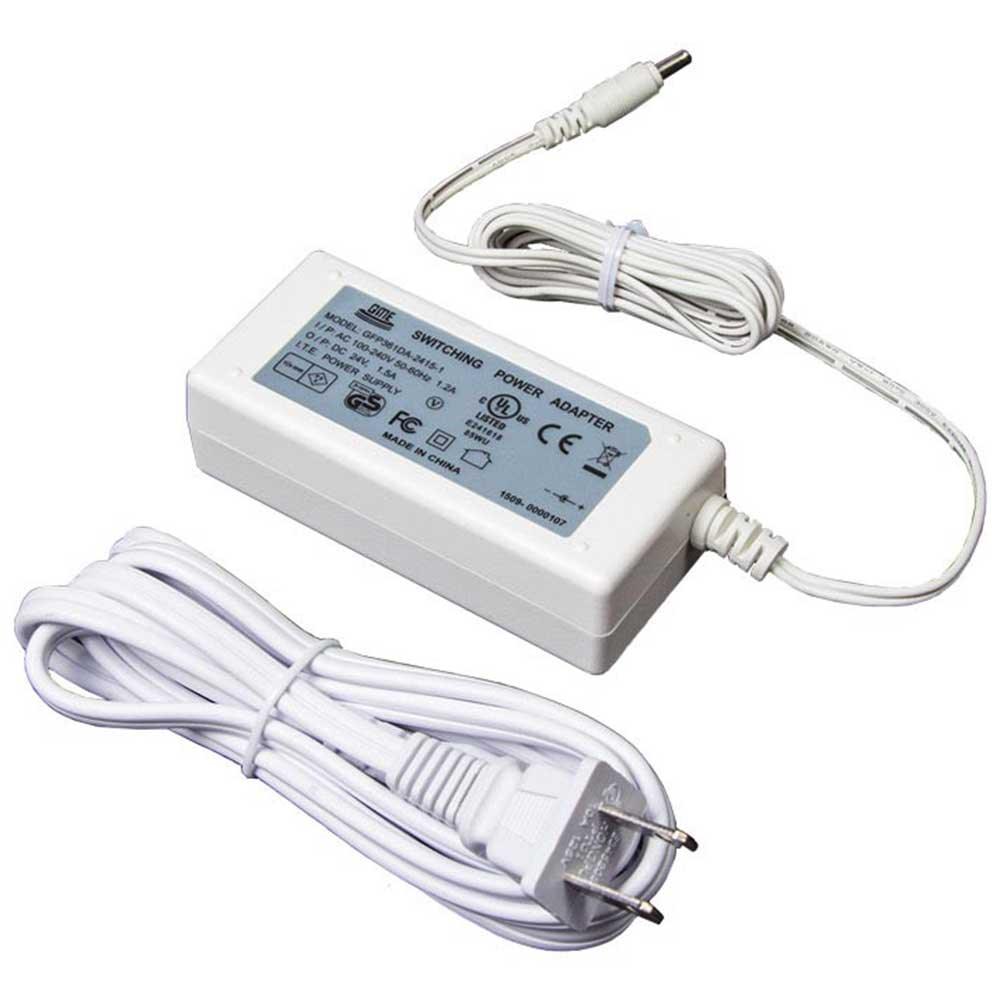Light Ballasts
BEST SELLERS
Light ballasts and drivers play a crucial role in regulating power supply to various lighting fixtures. These devices ensure the proper functioning and efficiency of different lighting technologies, from traditional fluorescent lamps to modern LED systems. Understanding the electrical principles, current regulation, and voltage management involved in these components is essential for anyone working with lighting systems.
How Light Ballasts and Drivers Work
Light ballasts and drivers operate on fundamental electrical principles to control the flow of electricity to lighting fixtures. Fluorescent lamps and LEDs require a converter between the power source and the lamp itself, unlike incandescent bulbs that emit light by heating a filament directly with electricity. This converter takes the form of a ballast for fluorescent lamps and a driver for LED lights.
Current Regulation
Current regulation has a significant impact on the performance and longevity of lighting systems. Fluorescent lamps, for instance, lack a built-in mechanism to control current flow once ignited. Without proper regulation, these lamps would draw excessive current, potentially leading to overheating and damage. Light ballasts address this issue by providing an initial high voltage spike to start the lamp and then regulating the current to a safe, steady level during operation.
LED drivers, on the other hand, convert alternating current (AC) from the power supply into the direct current (DC) required by LEDs. These drivers can be designed to supply either a constant current or a constant voltage, depending on the specific needs of the LED system. Constant current drivers regulate the flow of electricity through the LED, ensuring it stays within a safe operating range, while constant voltage drivers provide a steady voltage to the LED circuit, allowing the current to adjust as needed.
Voltage Management
Voltage management has a crucial role in the functioning of both fluorescent ballasts and LED drivers. Fluorescent ballasts facilitate the starting process by providing an initial high voltage spike, which ionizes the gas inside the lamp tube and creates a conductive path for the electrical current. Once the lamp is lit, the ballast then manages the voltage to maintain stable operation.
LED drivers handle voltage management differently. They convert the higher voltage AC power from the electrical supply to the lower voltage DC power required by LEDs. This conversion process ensures that LEDs receive the appropriate voltage for optimal performance and longevity. Some LED drivers are designed to work with a range of input voltages, making them versatile for different power supply scenarios.
LED Drivers
LED drivers play a crucial role in regulating power supply to LED lighting systems. These electronic devices ensure optimal performance, longevity, and energy efficiency of LEDs by maintaining consistent current and voltage levels. Unlike traditional lighting systems, LEDs require specialized power management to function correctly.
Constant Voltage vs. Constant Current LED Drivers
LED drivers come in two primary types: constant current and constant voltage. Constant current drivers are designed for a designated range of output voltages and a fixed output current, typically specified in milliamps (mA) or amps (A). These drivers vary the voltage along an electronic circuit, allowing current to remain constant throughout the LED system. This type has a significant impact on maintaining consistent brightness across all LEDs in series, making it ideal for high-power LED applications.
Constant voltage drivers, on the other hand, are designed for a single direct current (DC) output voltage, commonly 12VDC or 24VDC. These drivers switch alternating current voltage (VAC) to a low direct current voltage (VDC), maintaining a constant voltage regardless of the current load. Constant voltage drivers are often implemented in under-cabinet lights and LED flex strip applications.
Dimming Capabilities
LED drivers with dimming capabilities offer flexibility in adjusting light output. This feature has a crucial role in creating different lighting environments, from bright and functional to soft and ambient. Dimming also contributes to energy savings by reducing power consumption when full brightness is not required. Advanced LED drivers support various dimming protocols, including 0-10V, DALI, and wireless control systems, allowing for seamless integration with smart lighting networks.
Lifespan and Reliability
The lifespan and reliability of LED drivers have a significant impact on the overall performance of LED lighting systems. High-quality drivers are designed to match or exceed the long lifespan of LED light sources, which can often reach 50,000 hours or more. Factors affecting driver lifespan include operating temperature, component quality, and design efficiency. Manufacturers are continuously improving driver technology to enhance reliability and reduce the need for replacements, thereby lowering maintenance costs for lighting installations.
Fluorescent Ballasts
Fluorescent ballasts play a crucial role in regulating the power supply to fluorescent lamps, ensuring their proper functioning and longevity. These devices have evolved over time, with different types offering various benefits and limitations.
Electronic vs. Magnetic Ballasts
The two main types of fluorescent ballasts are electronic and magnetic. Magnetic ballasts, also known as chokes, have been around for decades and operate by limiting the current flowing through the lighting circuit. While they are durable and less prone to damage during installation, they have some drawbacks. Magnetic ballasts can cause noticeable flickering and produce a humming noise, which can be distracting in work environments.
Electronic ballasts, on the other hand, have gained popularity due to their superior performance. These devices convert the incoming voltage into a high-frequency current, resulting in more efficient operation. Electronic ballasts eliminate flickering and noise issues associated with magnetic ballasts, providing a more comfortable lighting experience. They are also smaller and lighter, making them ideal for compact lighting fixtures.
Energy Efficiency and Performance
Electronic ballasts have a significant impact on energy efficiency in lighting systems. They convert electricity more efficiently, resulting in less energy loss during the conversion process. This increased efficiency can lead to lower electricity bills and reduced environmental impact. Electronic ballasts also extend the lifespan of fluorescent lamps by providing a stable and consistent power supply, reducing stress on lamp components.
The energy efficiency of fluorescent ballasts has a crucial role in lighting design and installation. Ballast factor, which measures the actual lumen output relative to the rated output, has a significant impact on energy consumption. Ballasts with lower factors (70-75%) consume proportionally less power, allowing designers to "tune" lighting levels for optimal energy use.
Applications and Limitations
Fluorescent ballasts find applications in various settings, from commercial and industrial buildings to residential spaces. However, they do have some limitations. The choice between instant start, rapid start, and programmed start ballasts depends on the specific application and frequency of use. Instant start ballasts are the most efficient but may reduce lamp life with frequent on/off cycling. Programmed start ballasts are better suited for applications with occupancy sensors, as they increase lamp life in frequently switched environments.
The evolution of lighting technology has brought about significant changes in power management systems. The shift from traditional fluorescent ballasts to modern LED drivers has a profound impact on energy efficiency, performance, and versatility in lighting applications. The growing focus on smart lighting systems and integration with building management platforms will likely drive further innovations in LED driver capabilities. To stay ahead in this rapidly changing field, lighting professionals must keep up with these developments and consider the long-term benefits of investing in cutting-edge lighting technologies. For the best in light ballasts and drivers, Bees Lighting is your go-to store for unbeatable prices and great deals. Call us now at 855-303-0665 for your free consultation.



